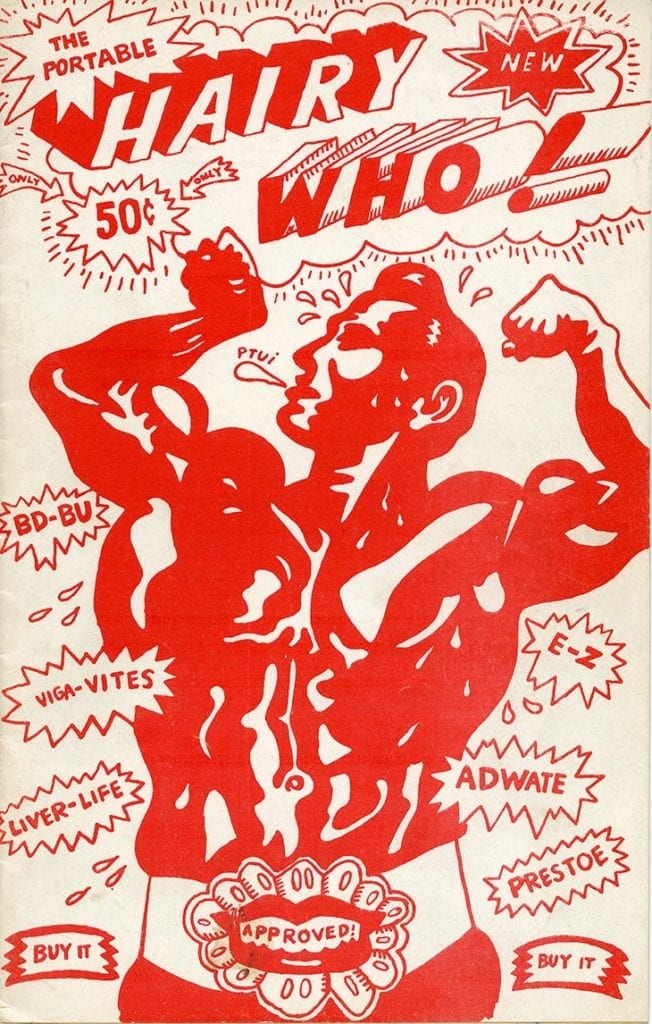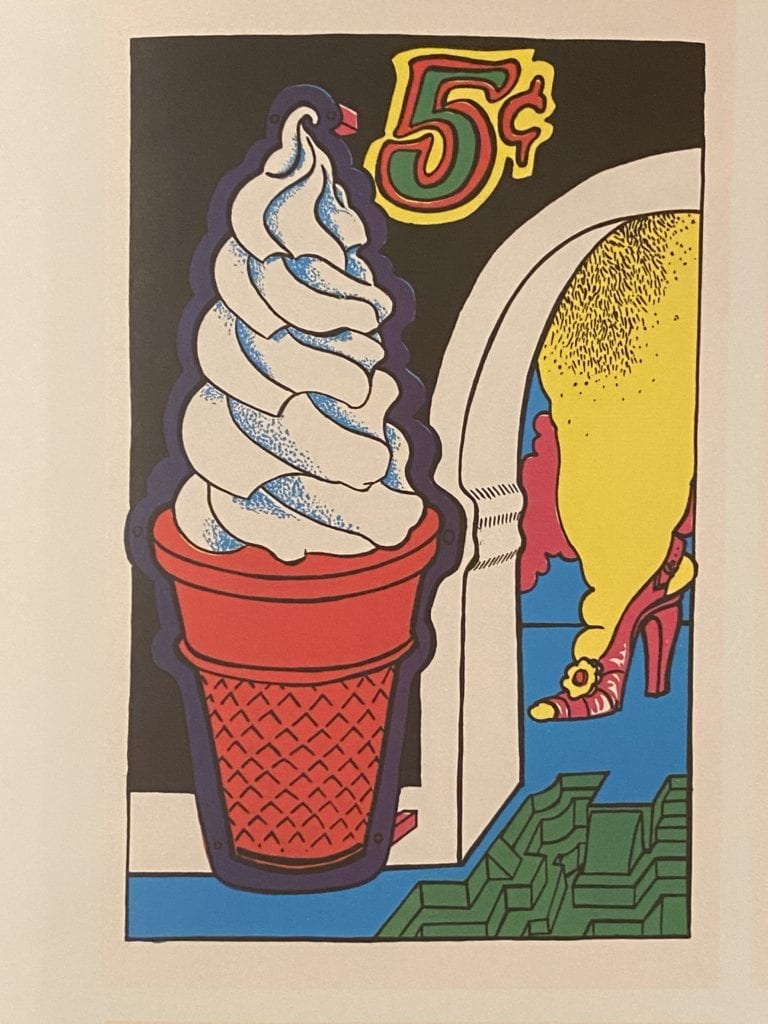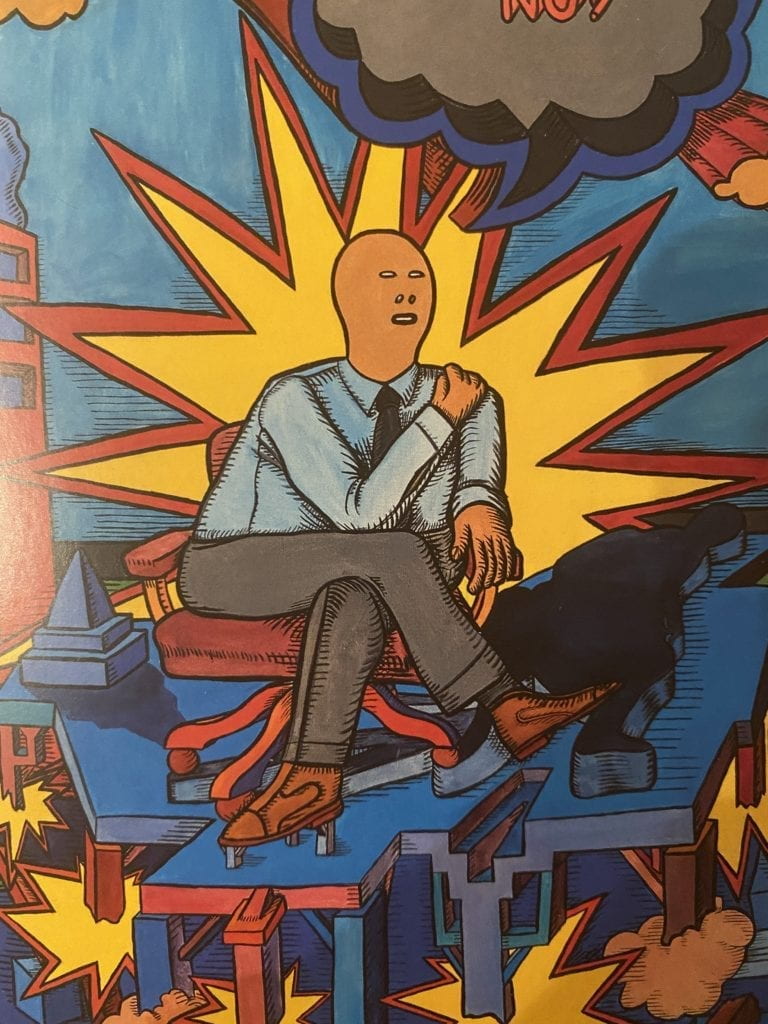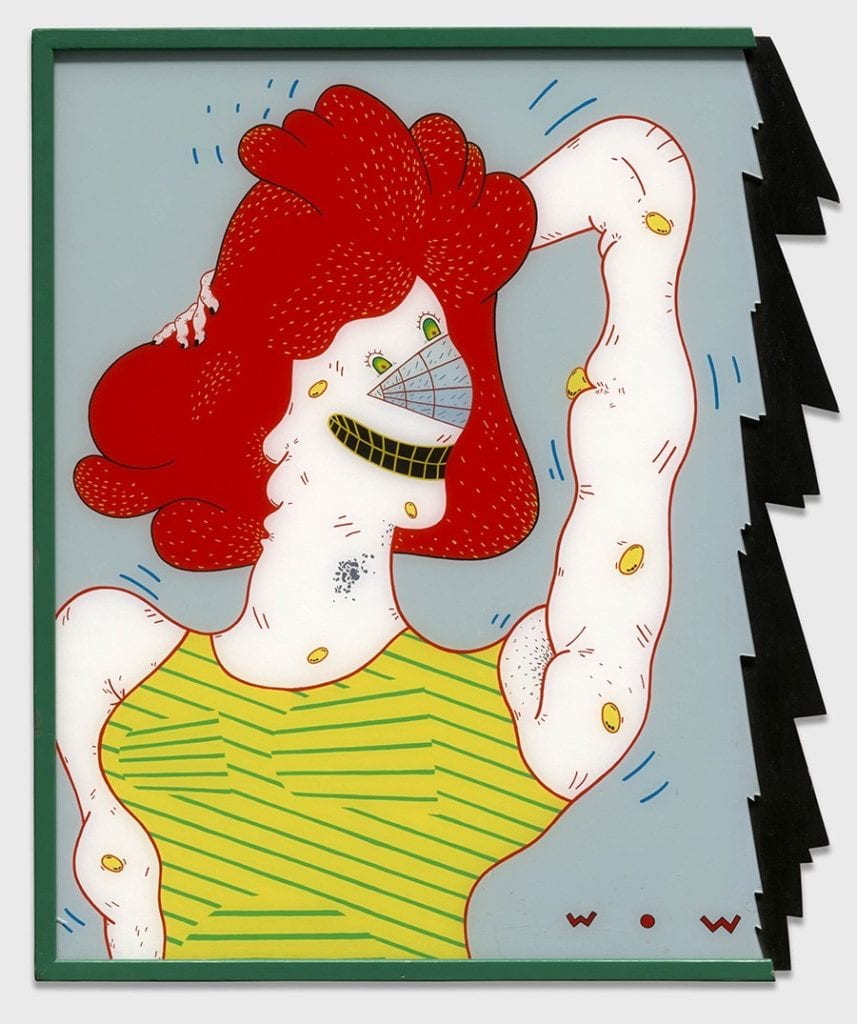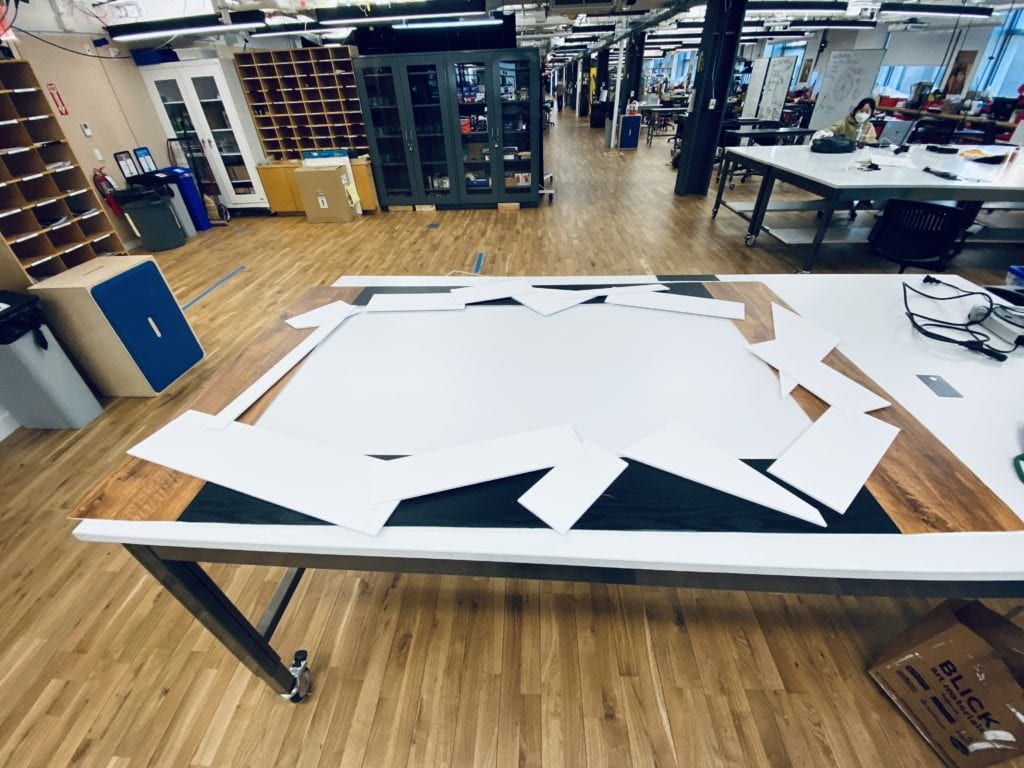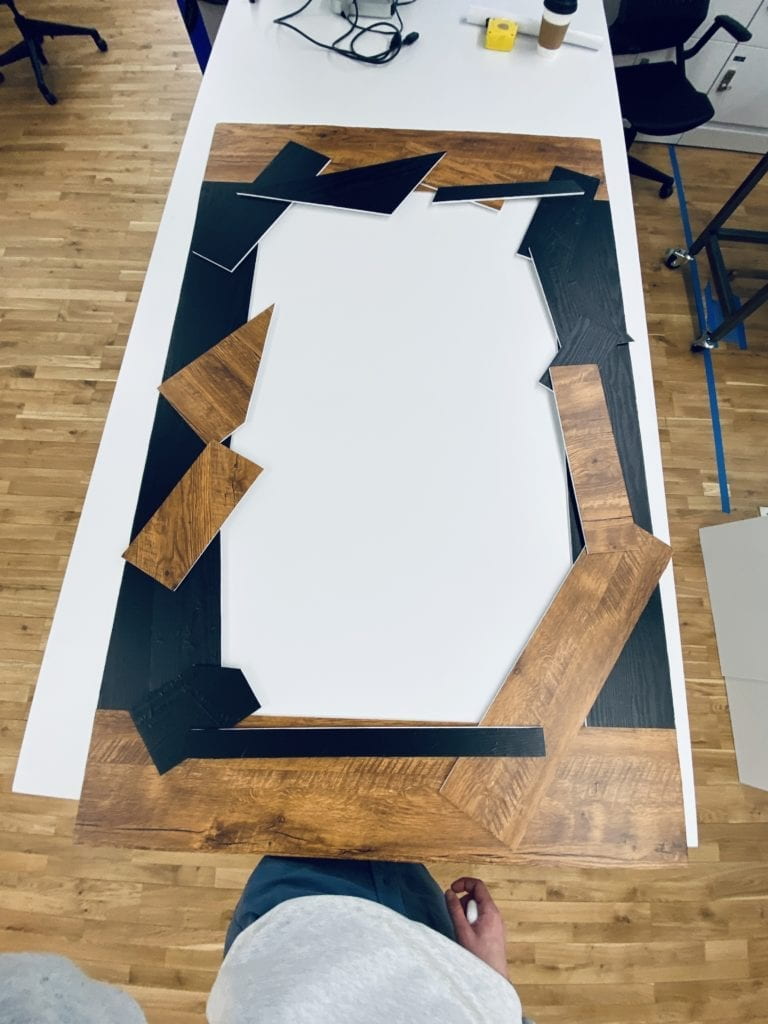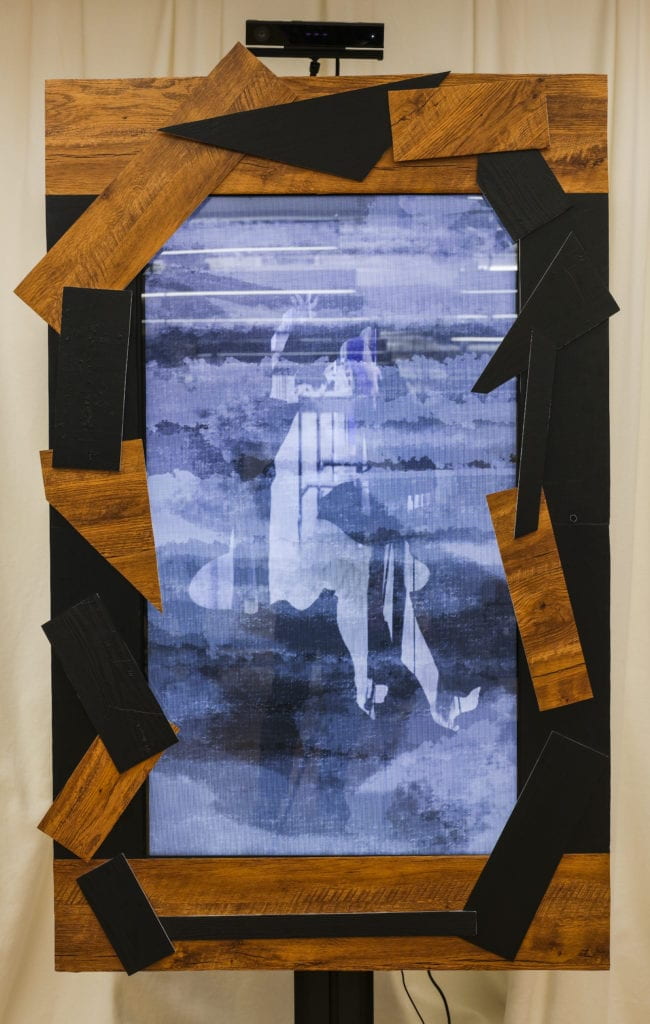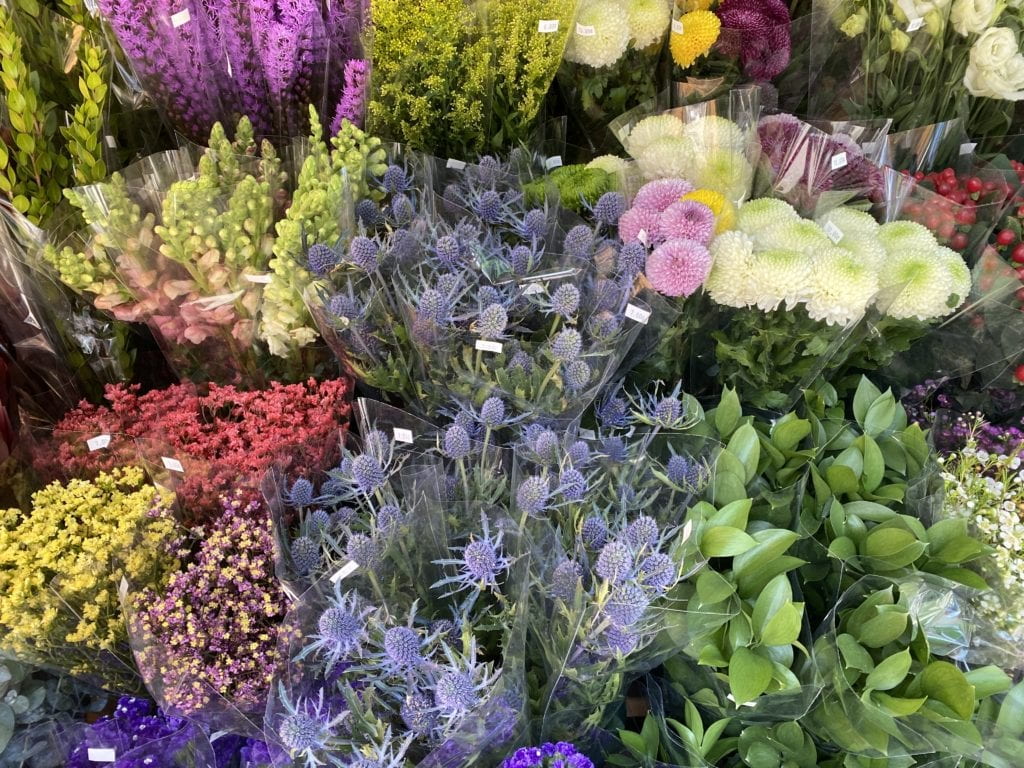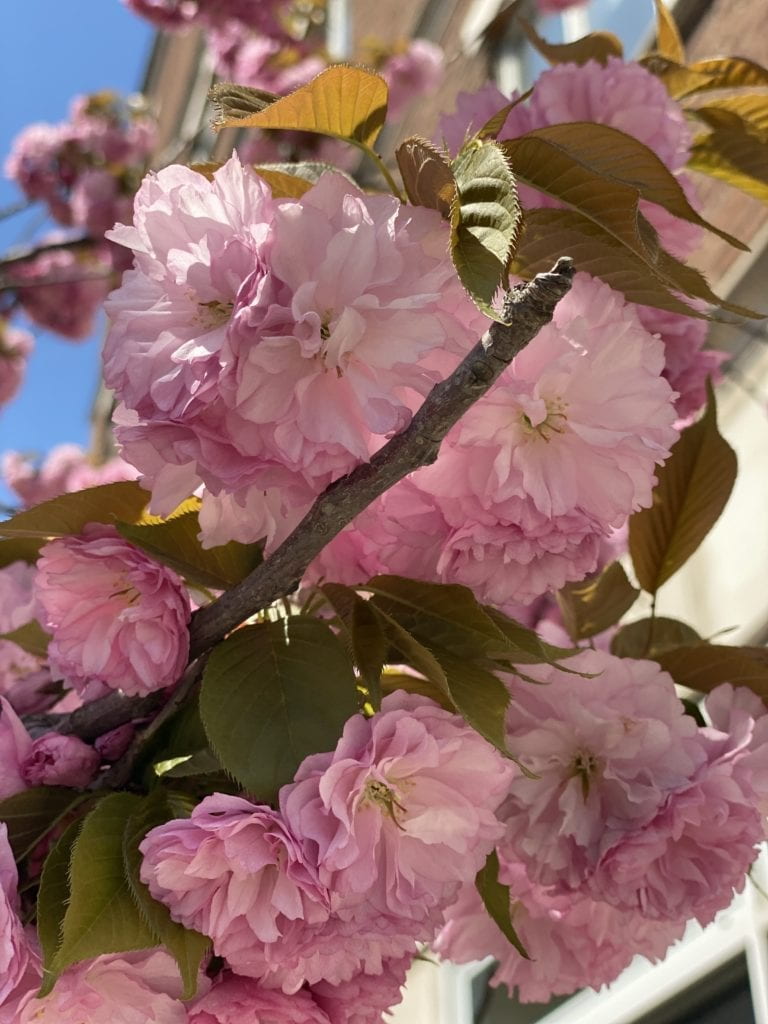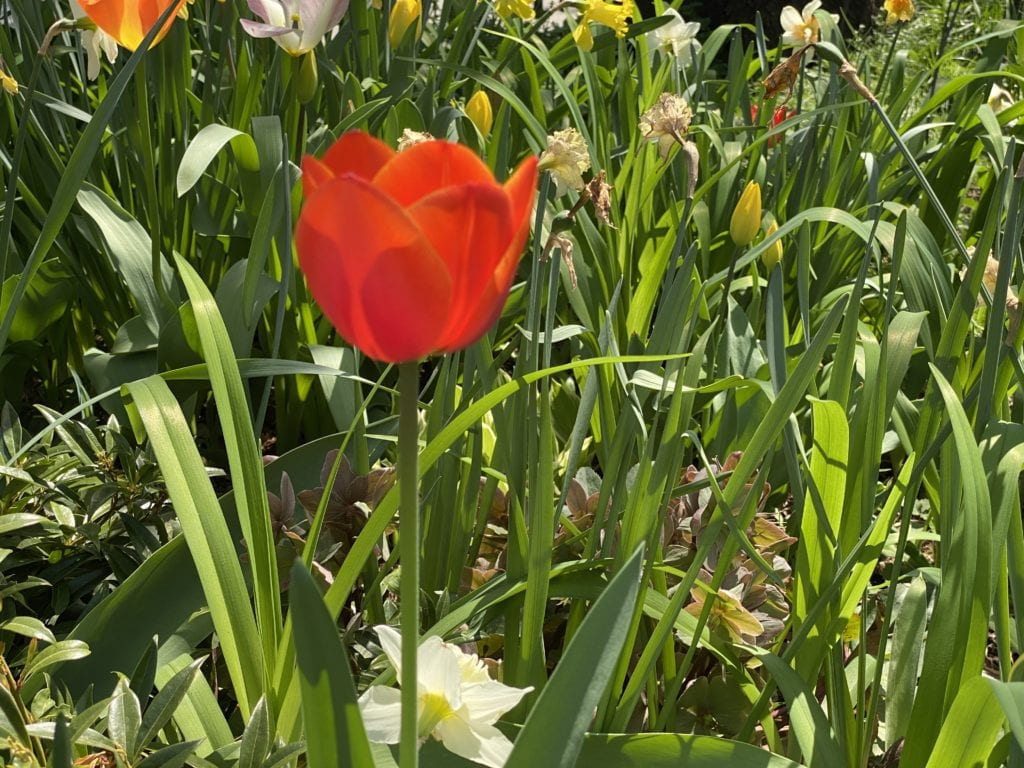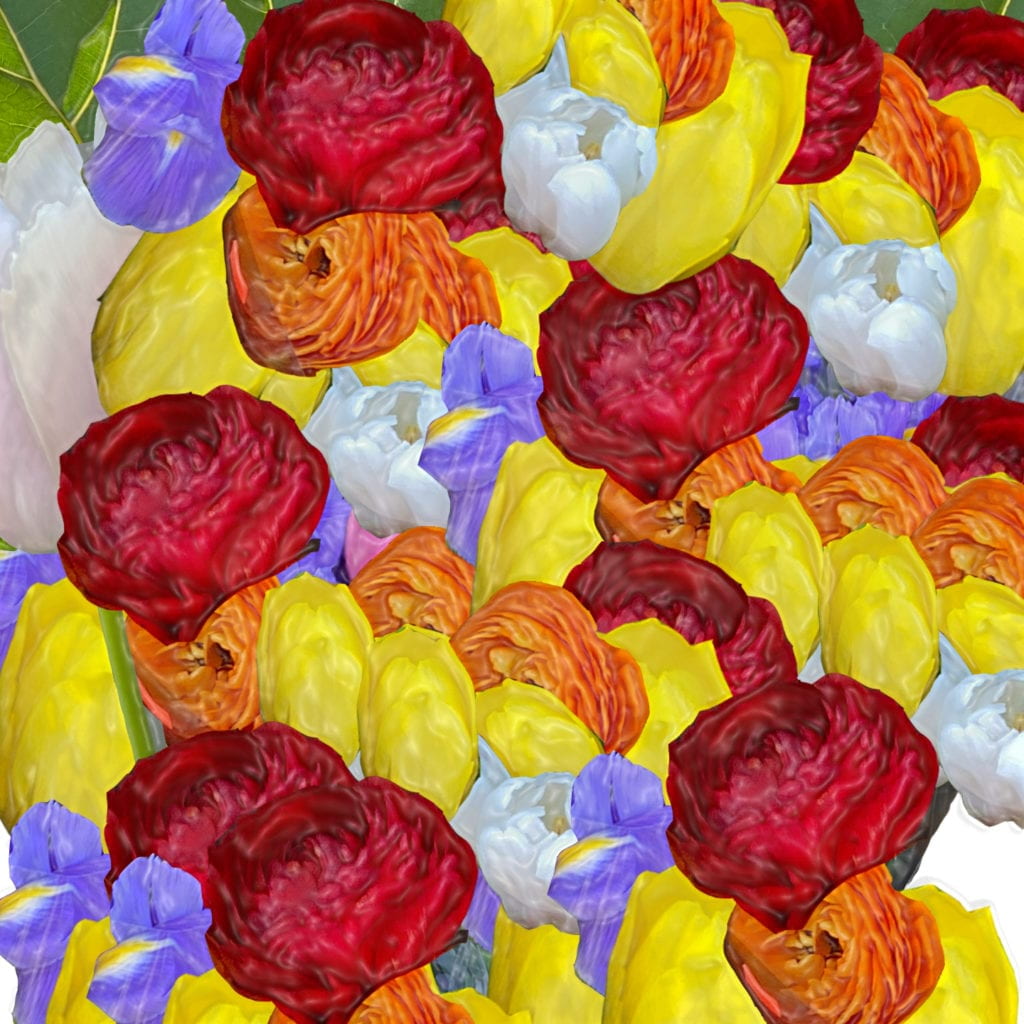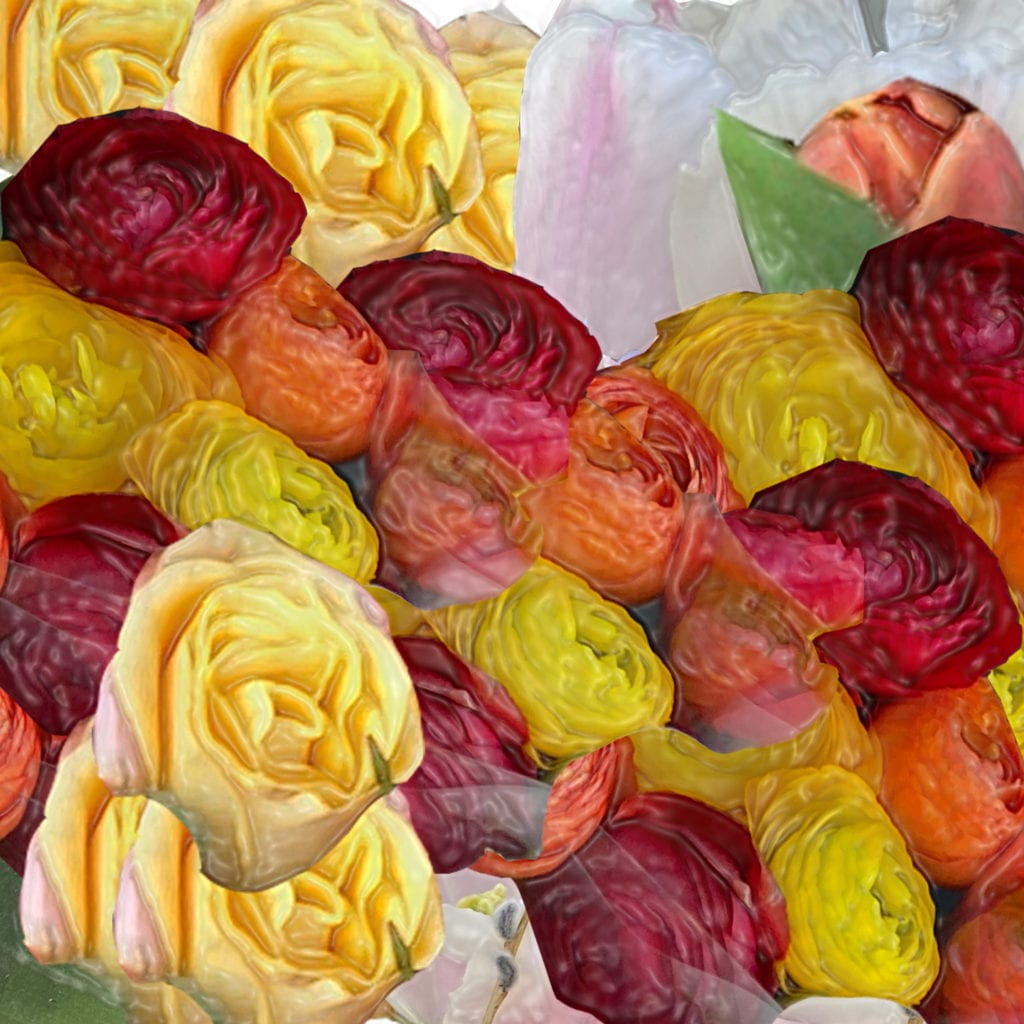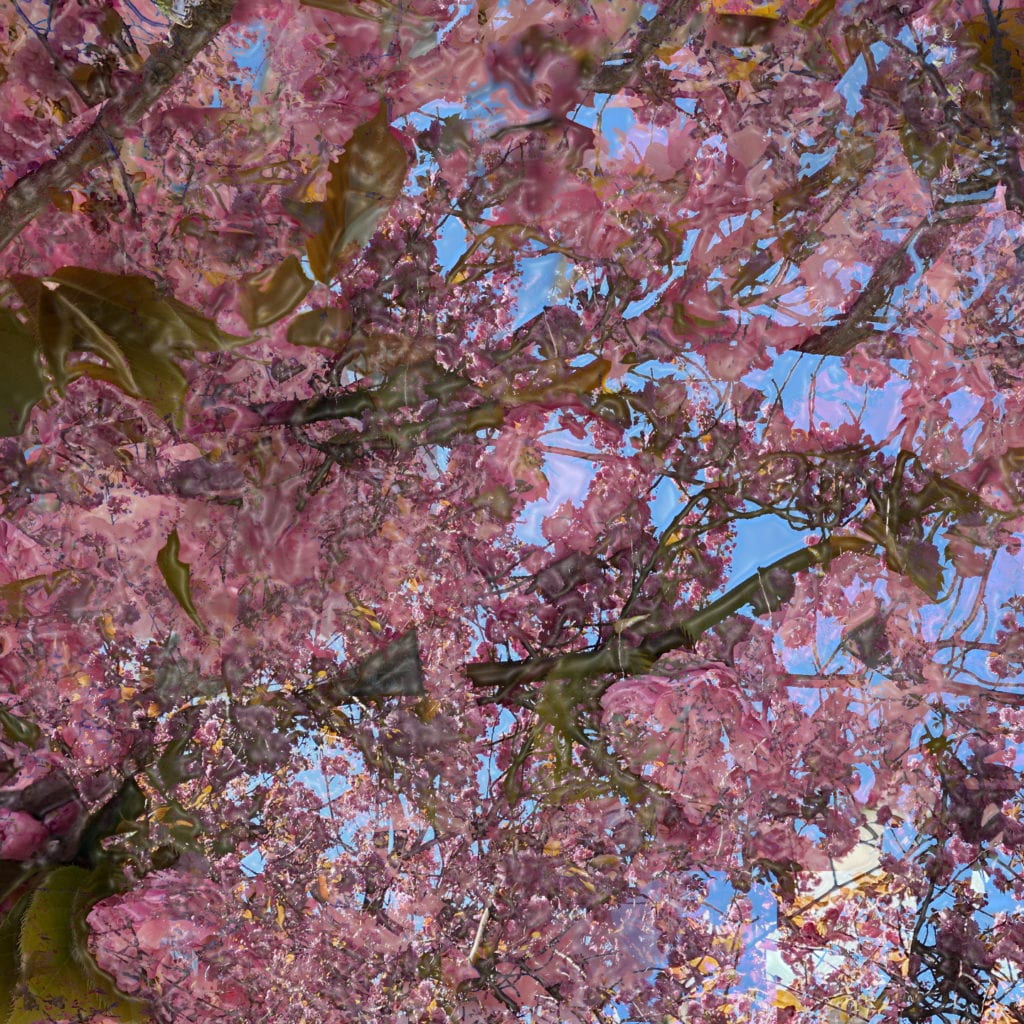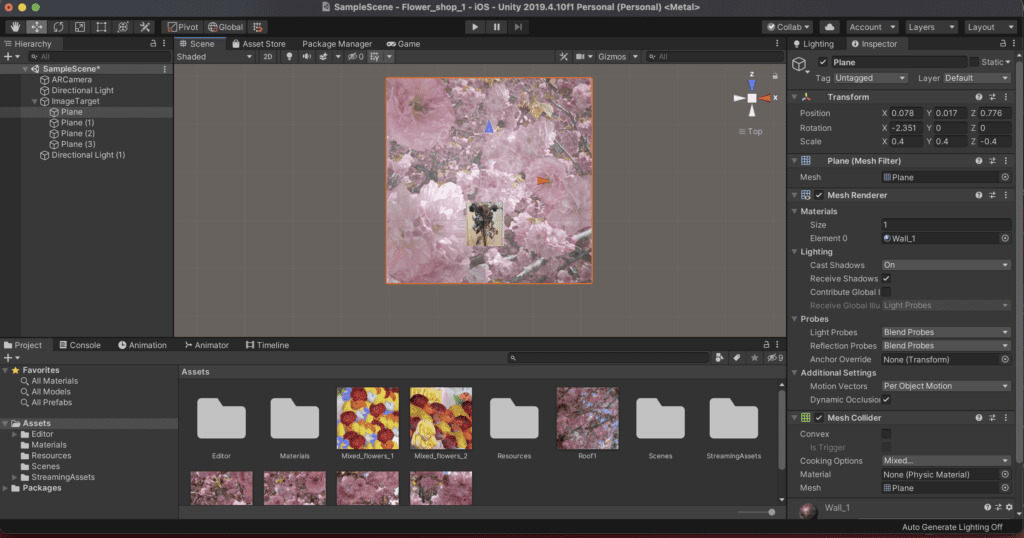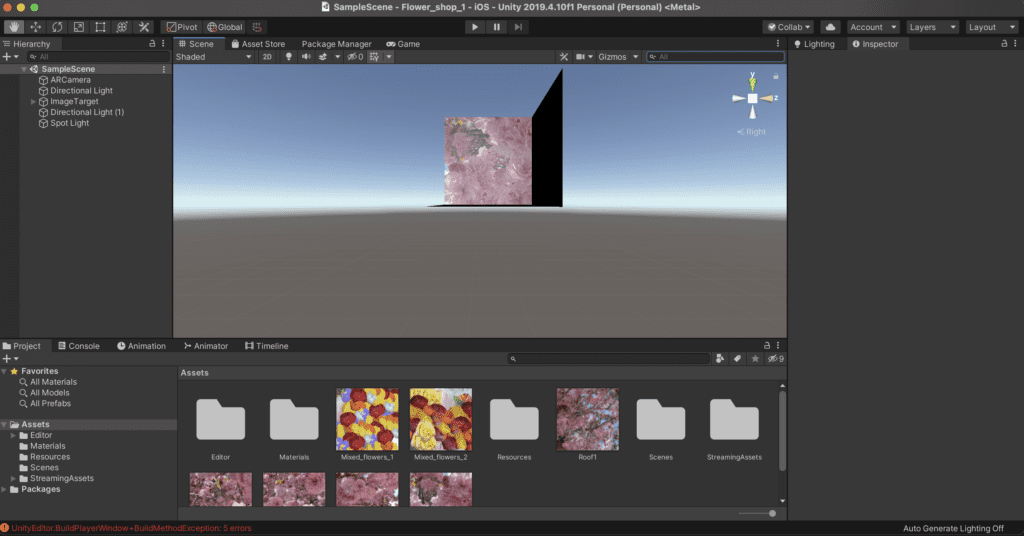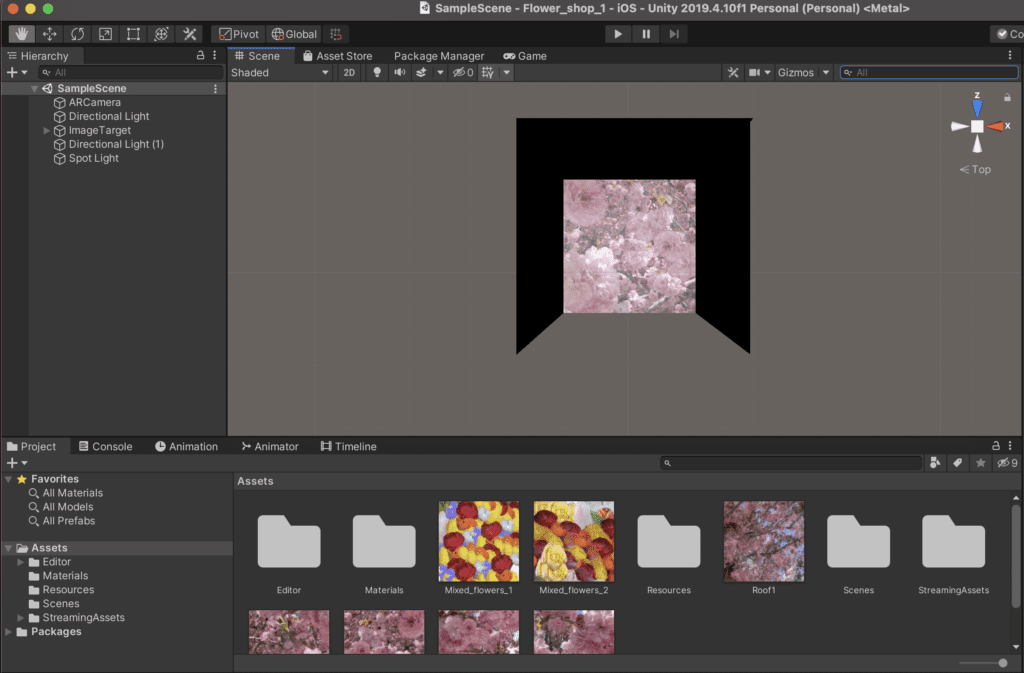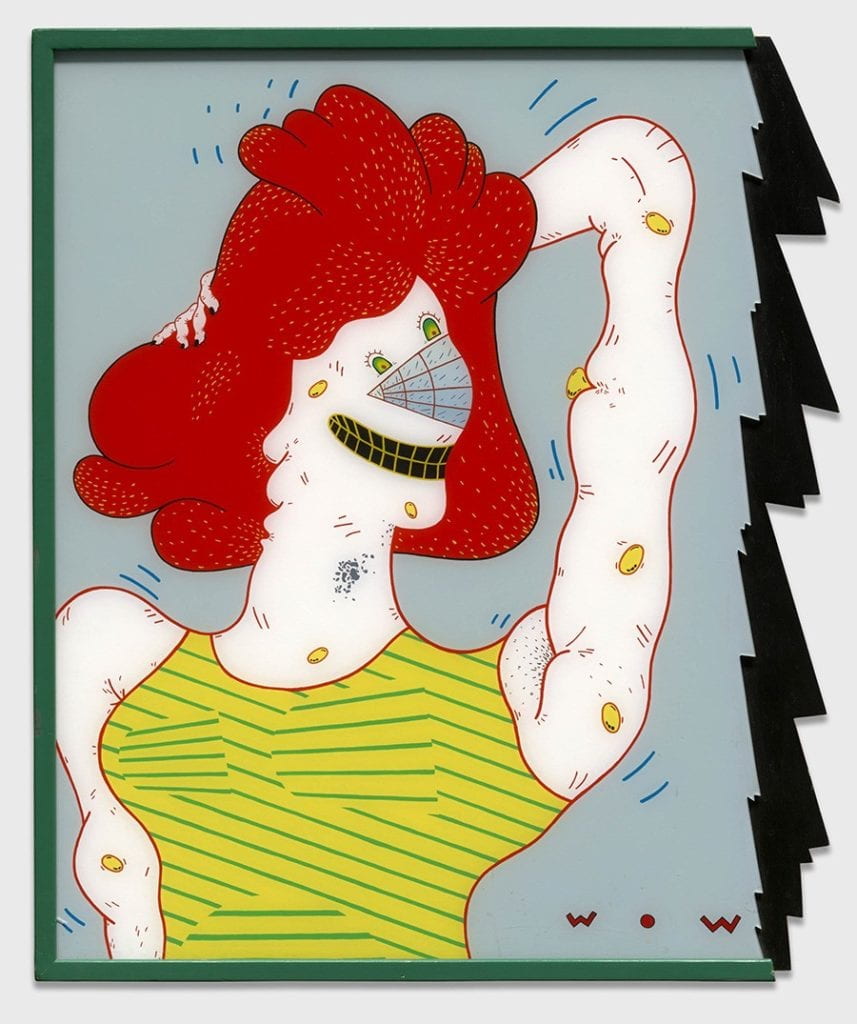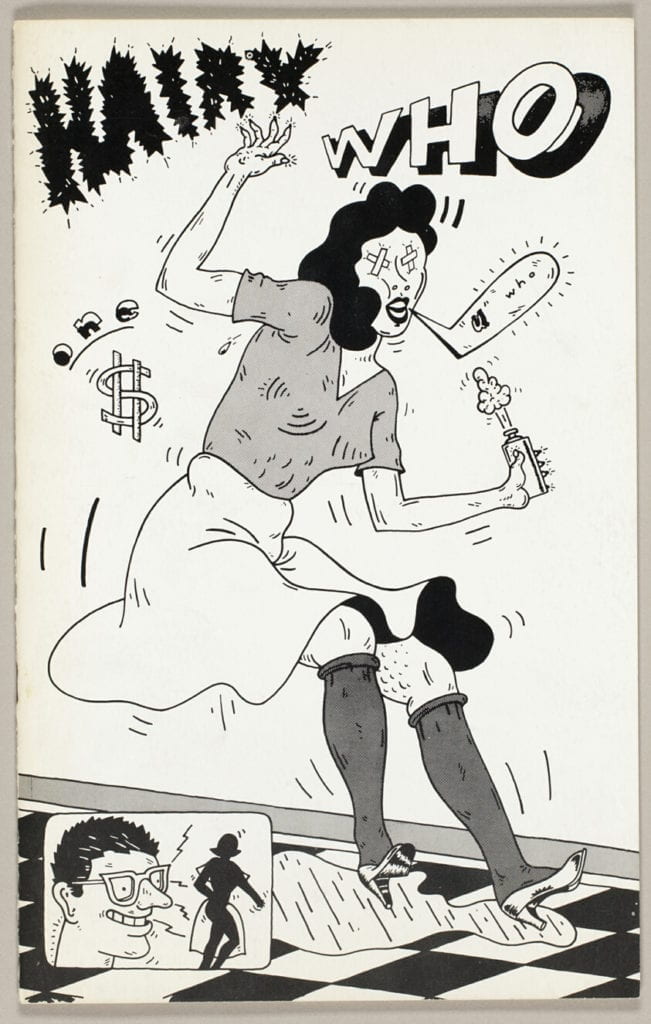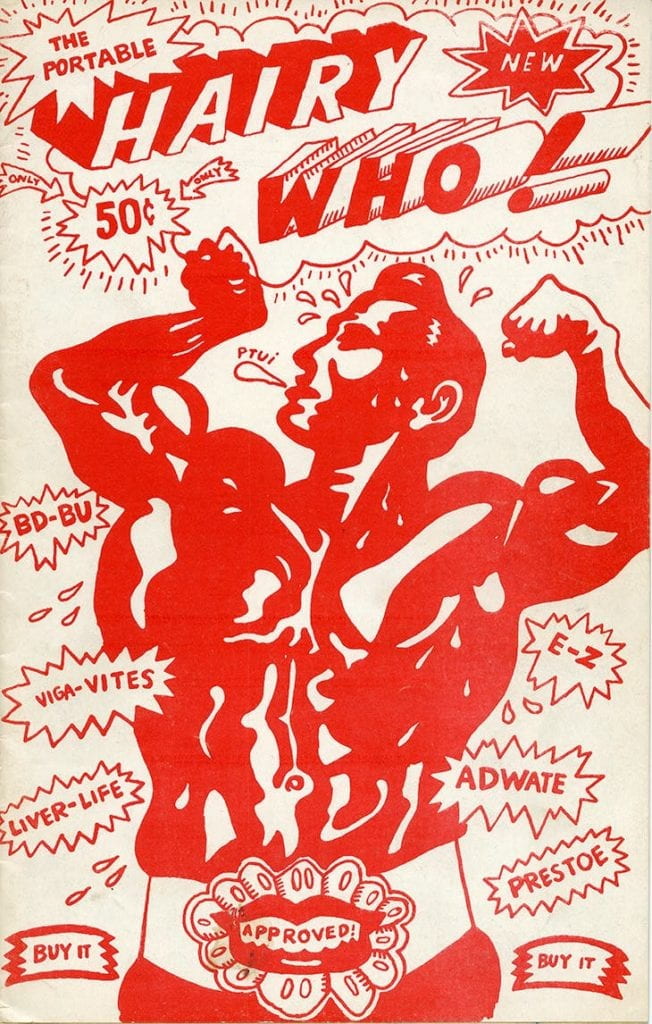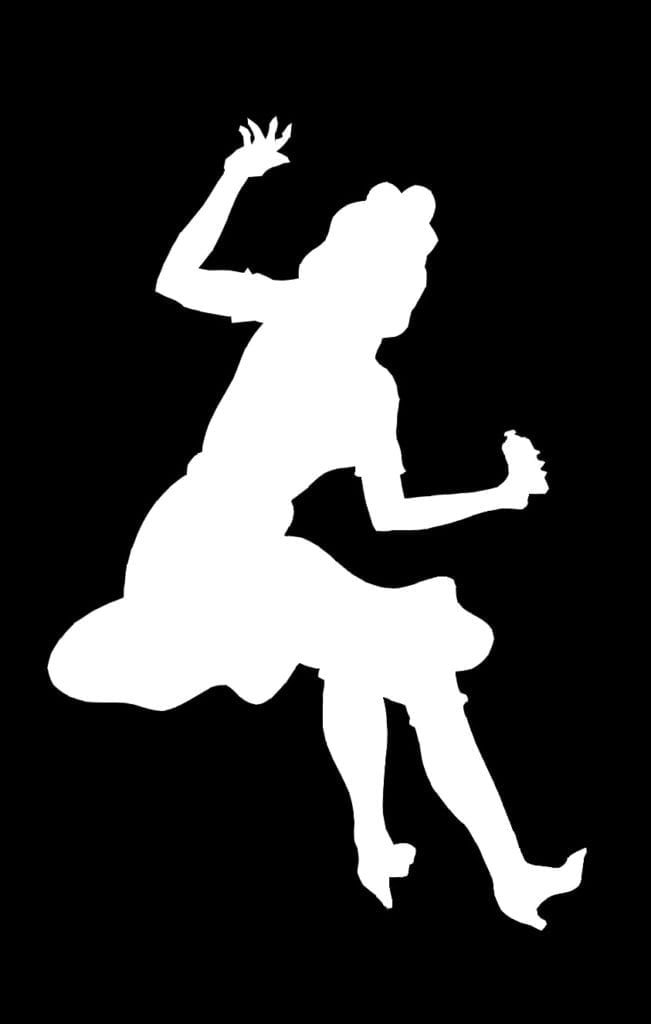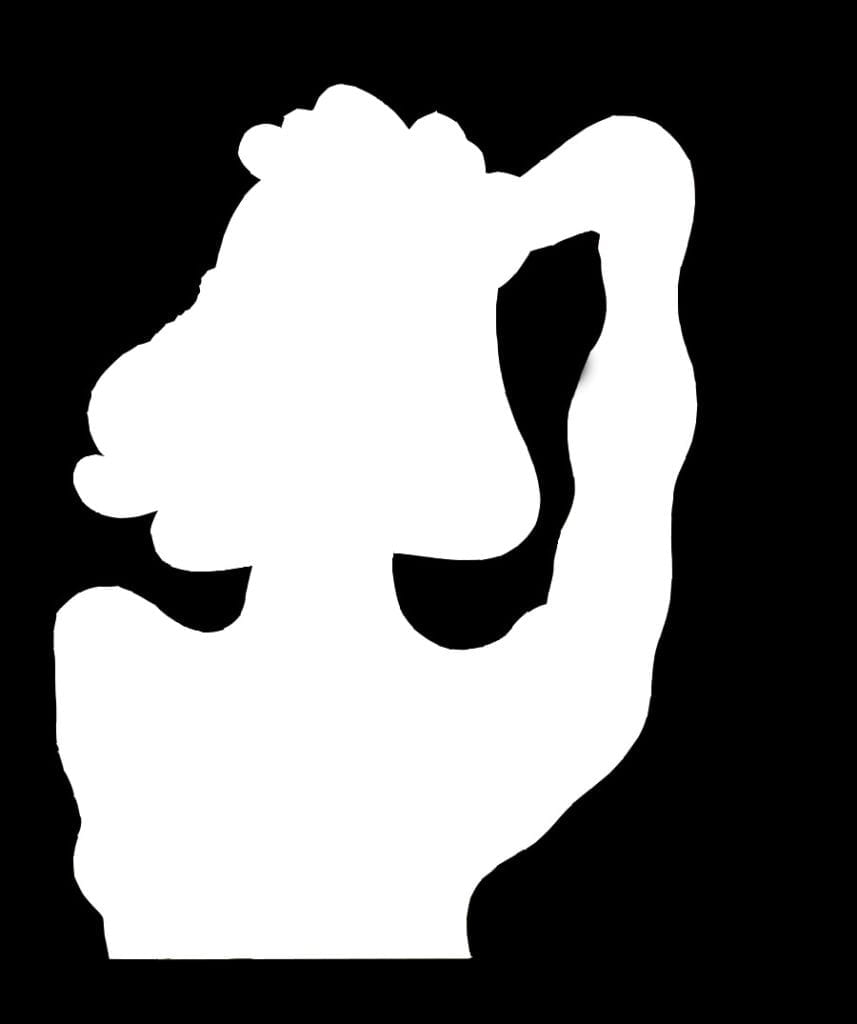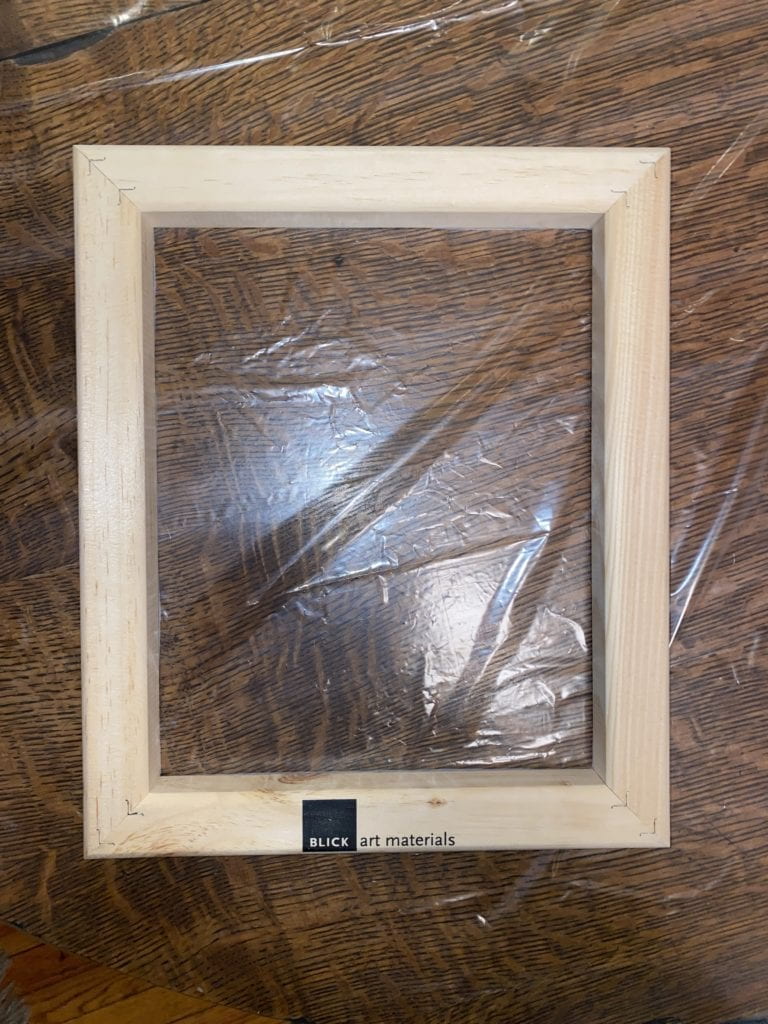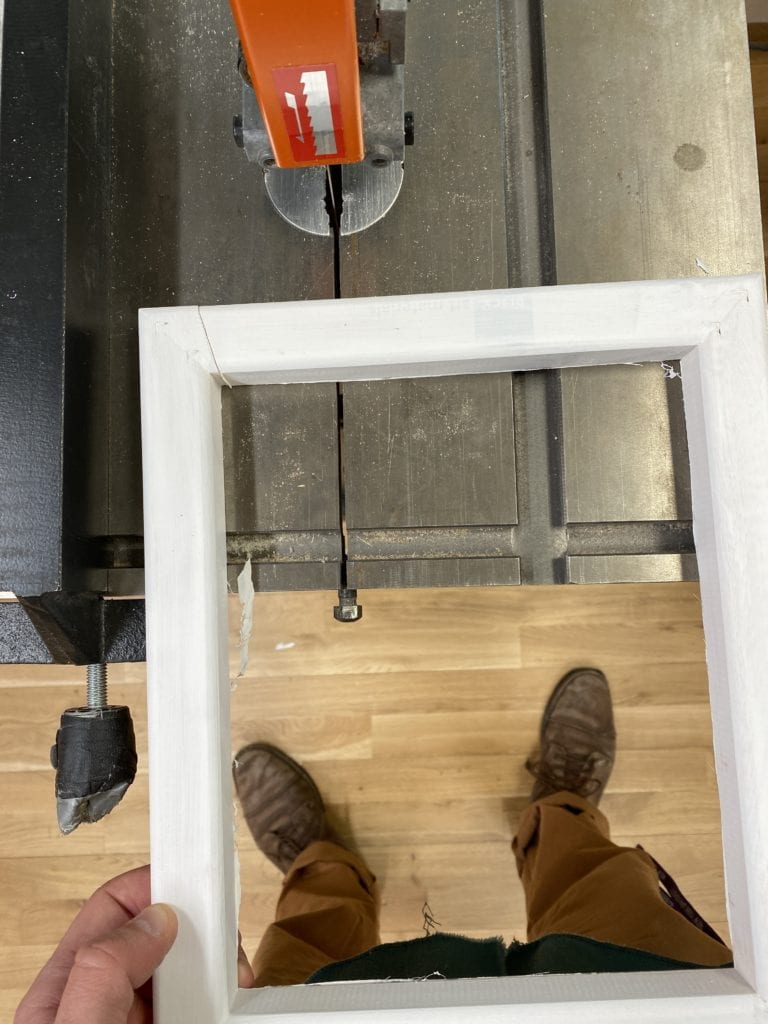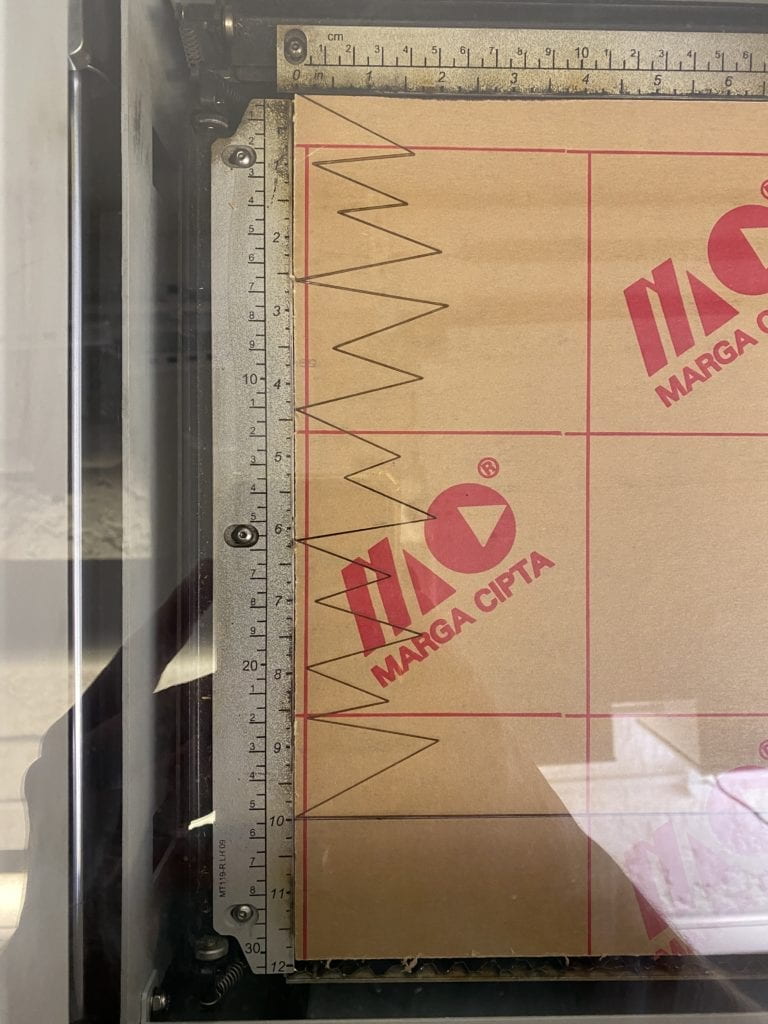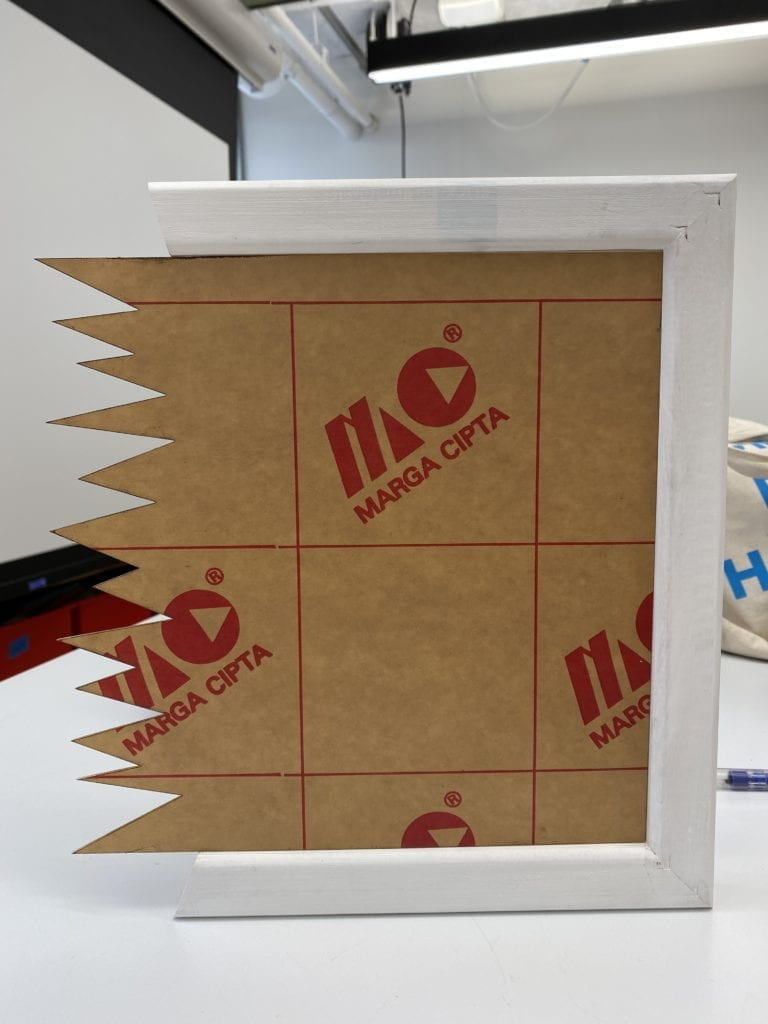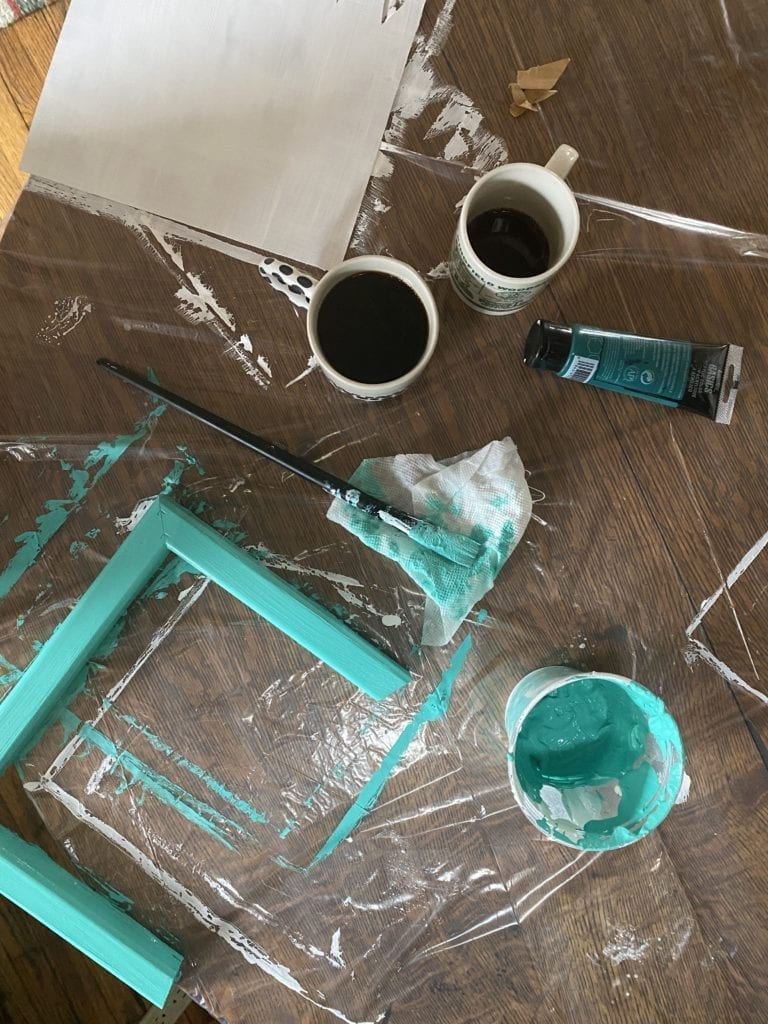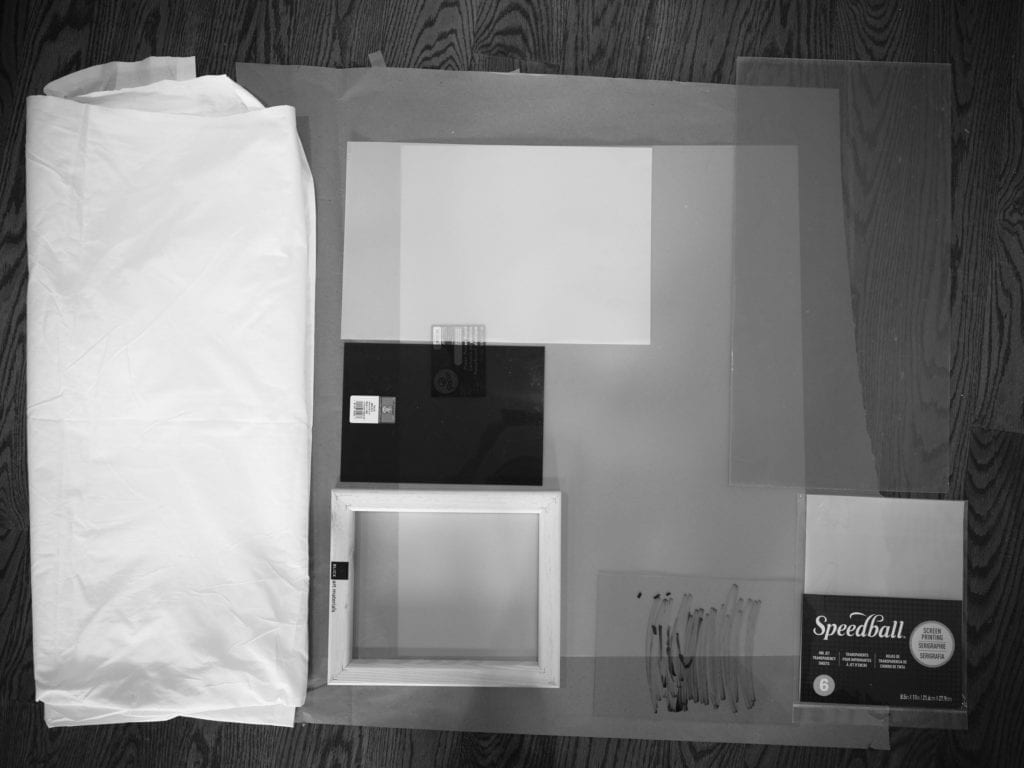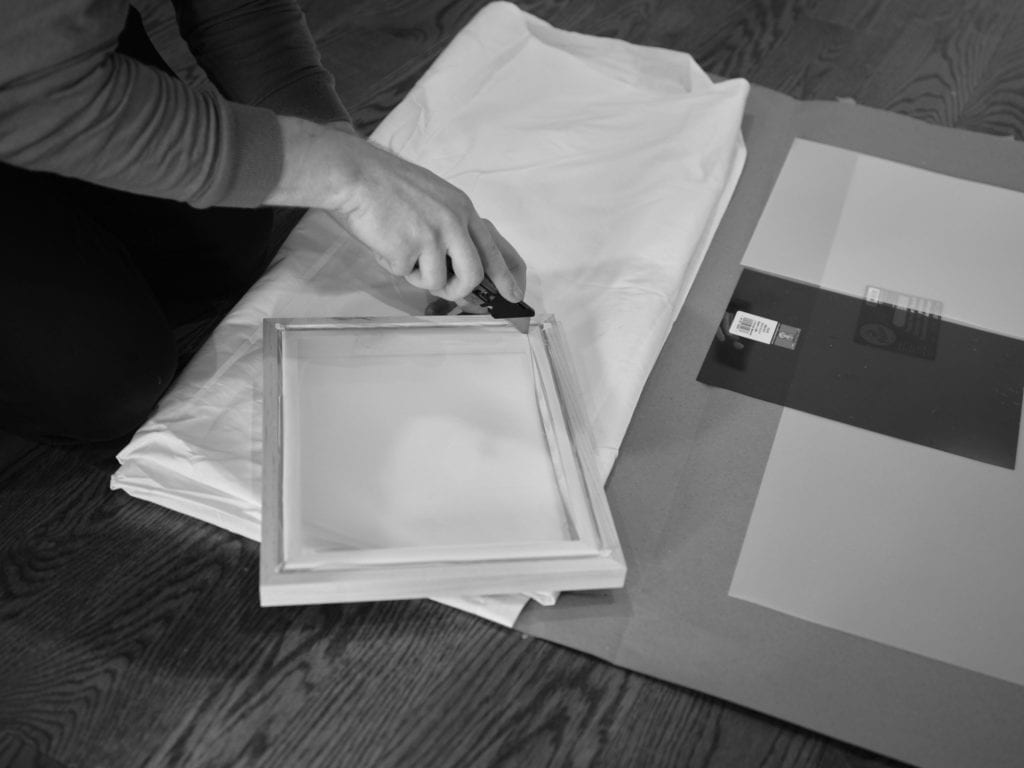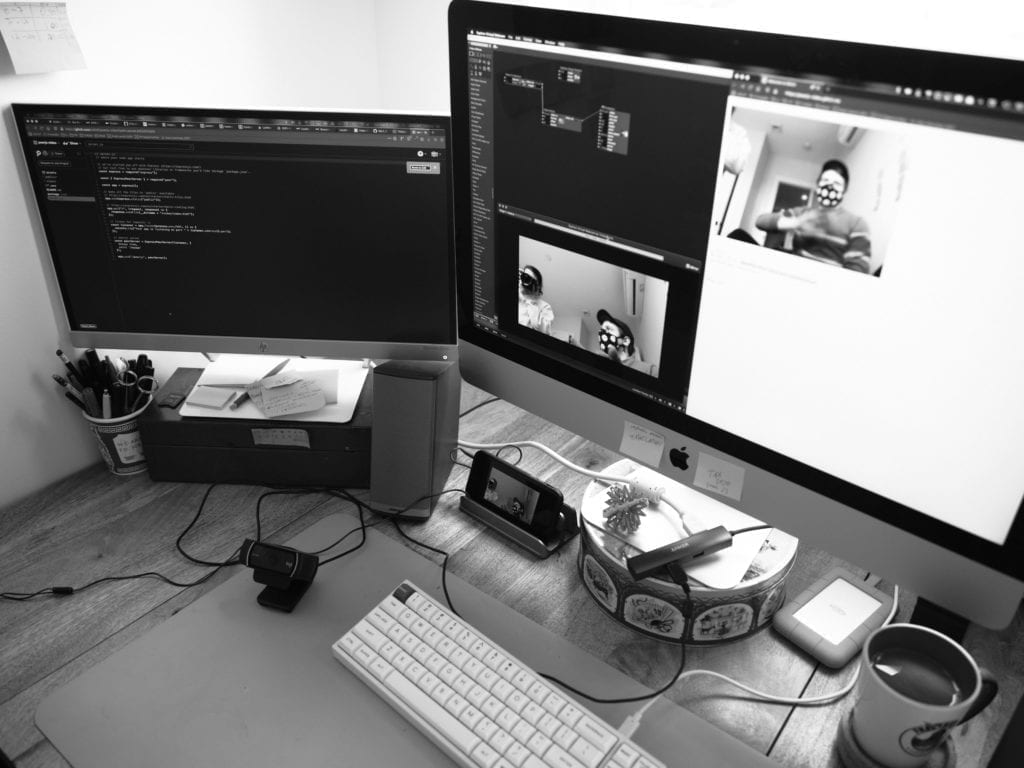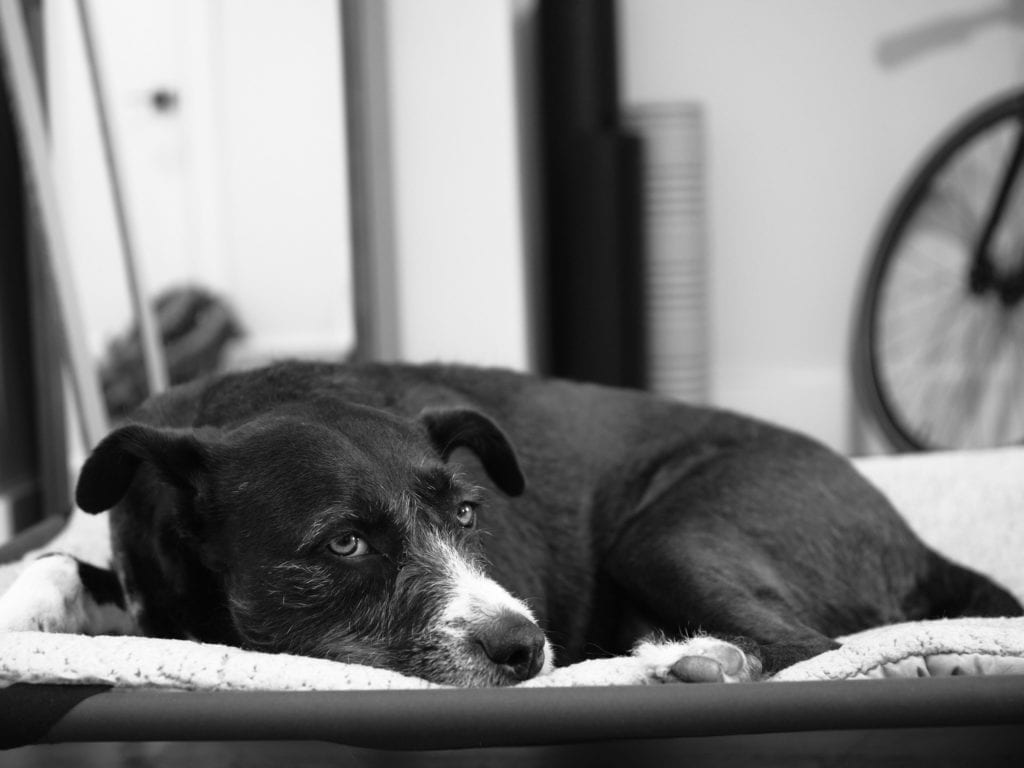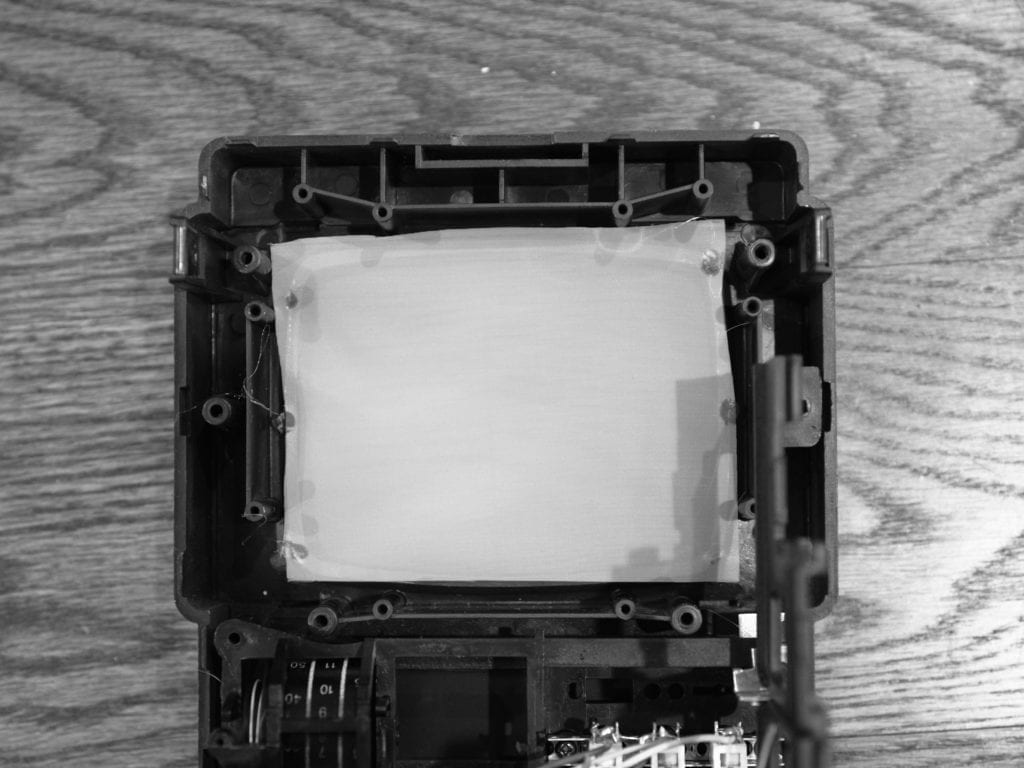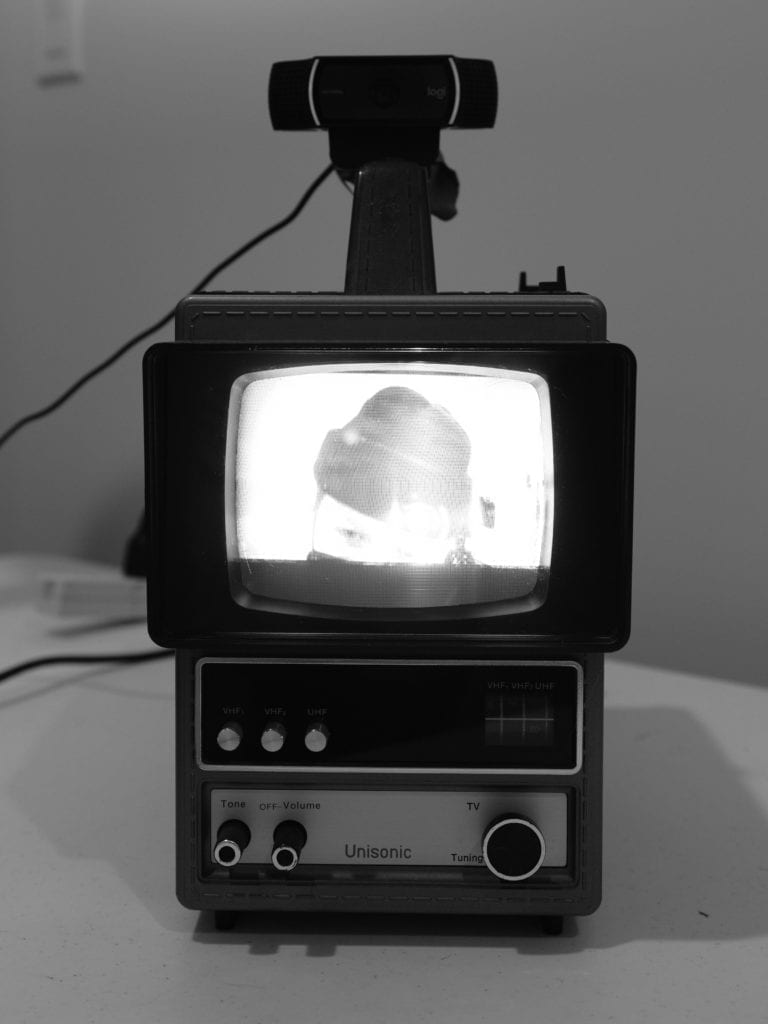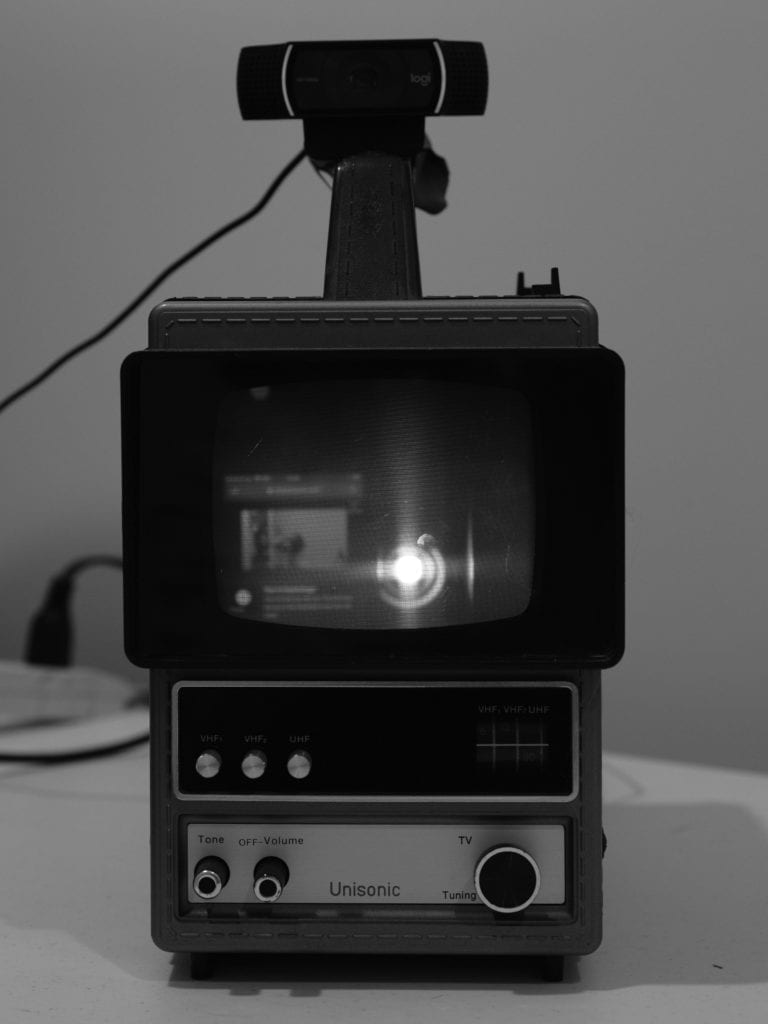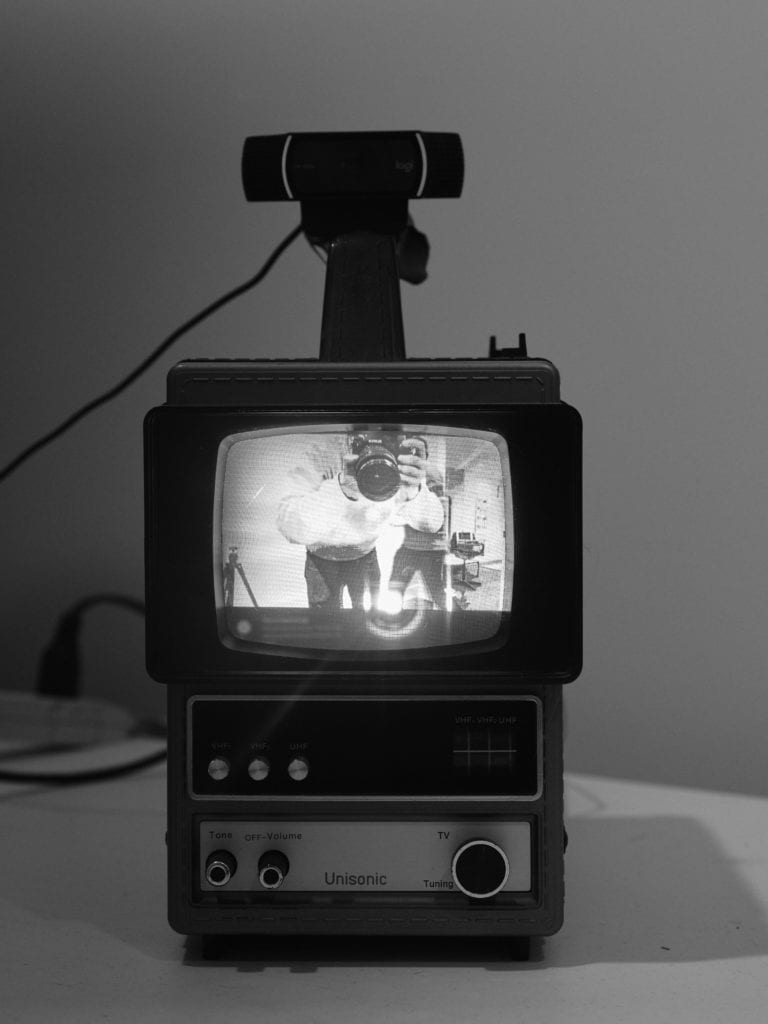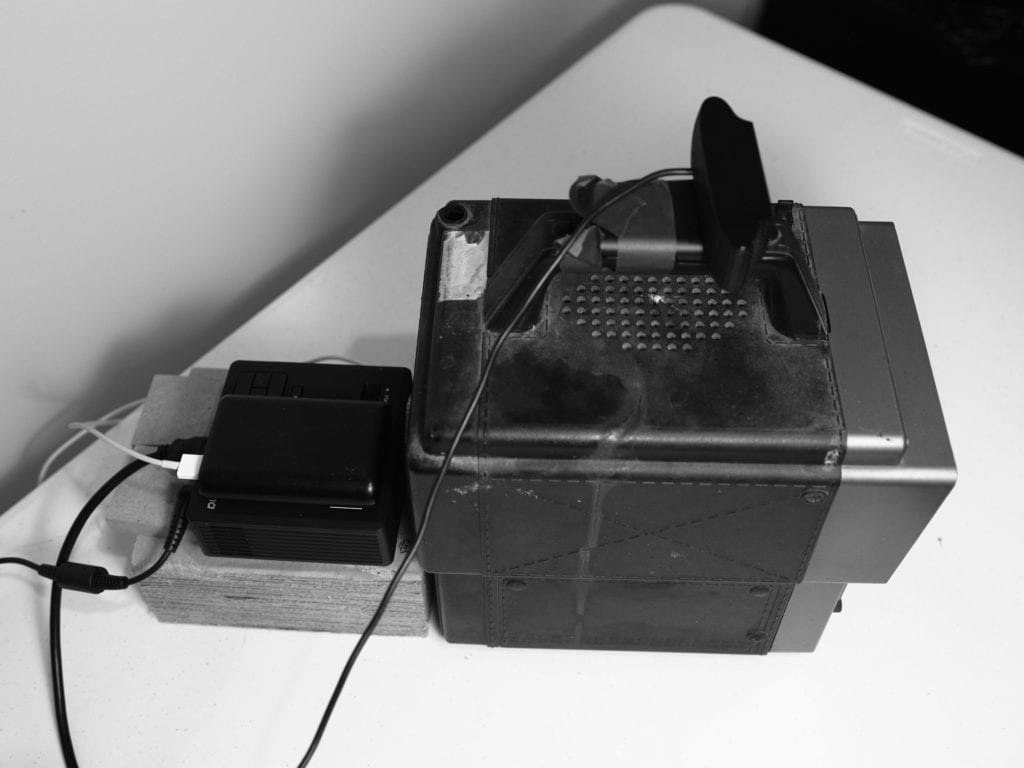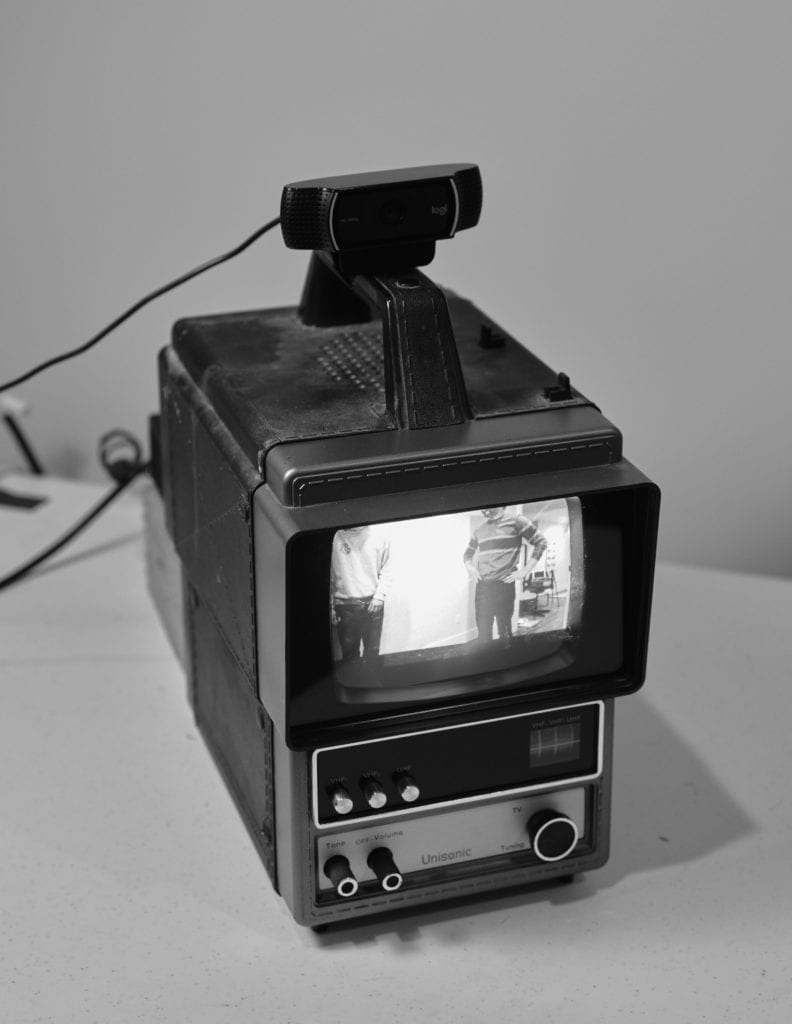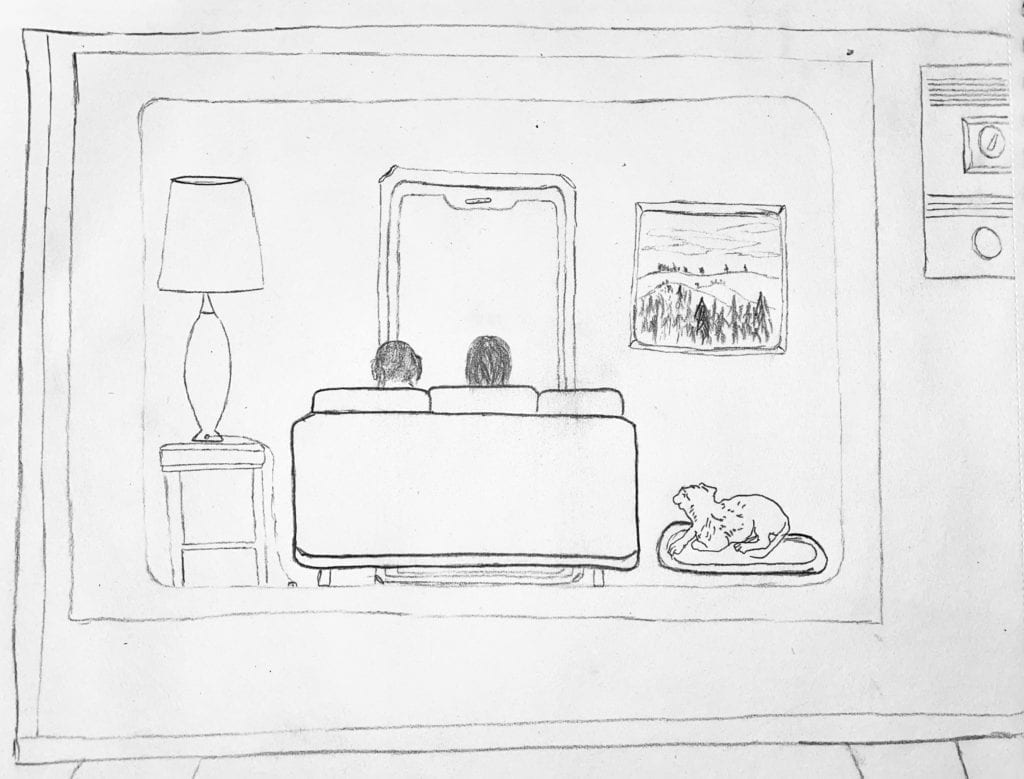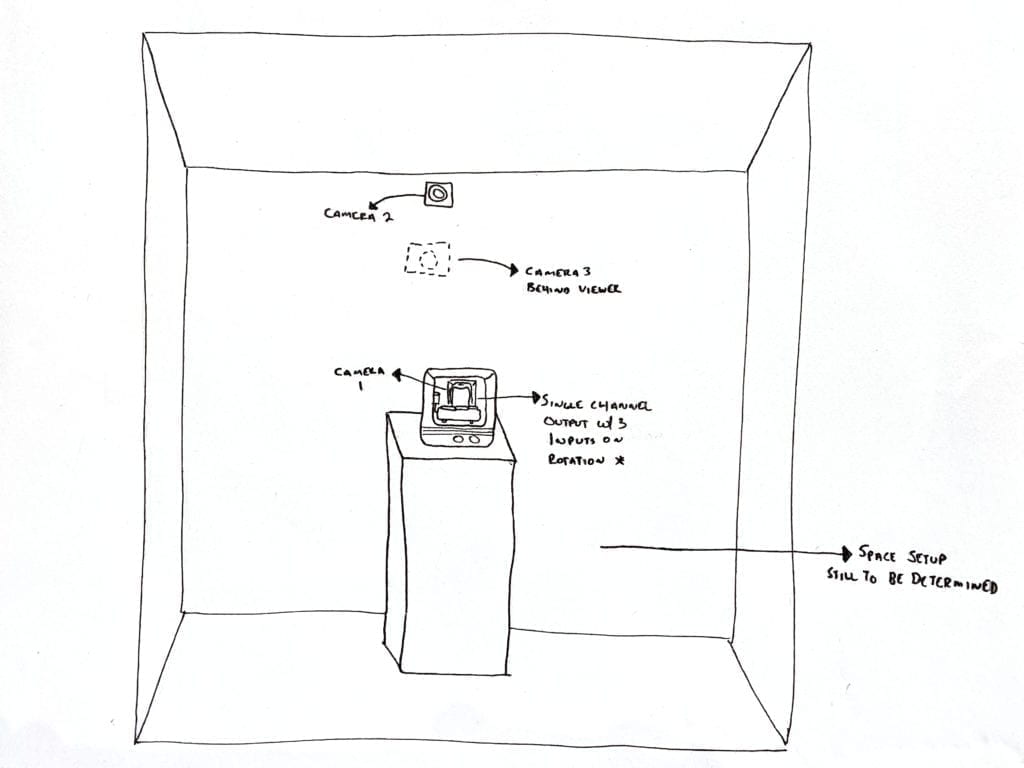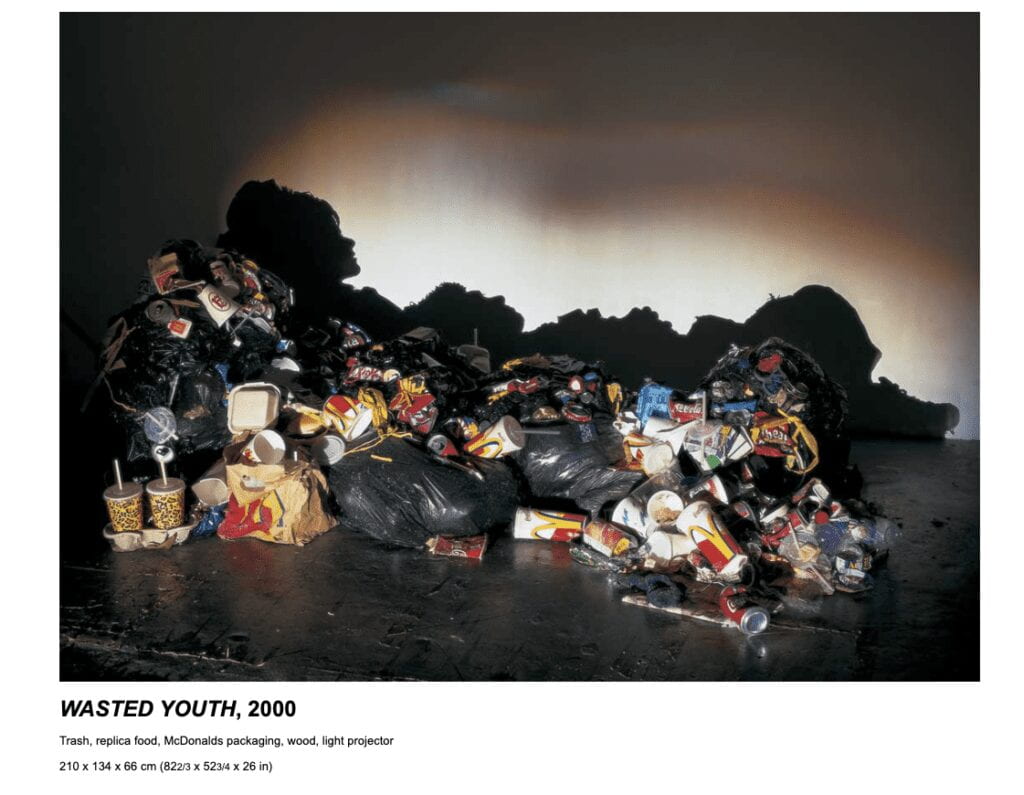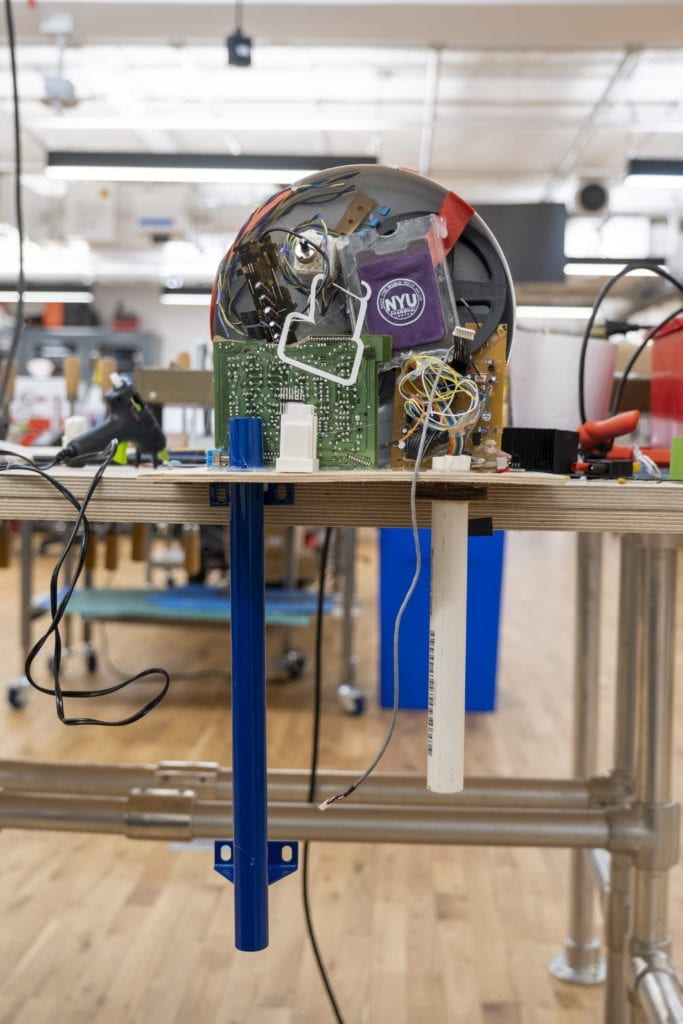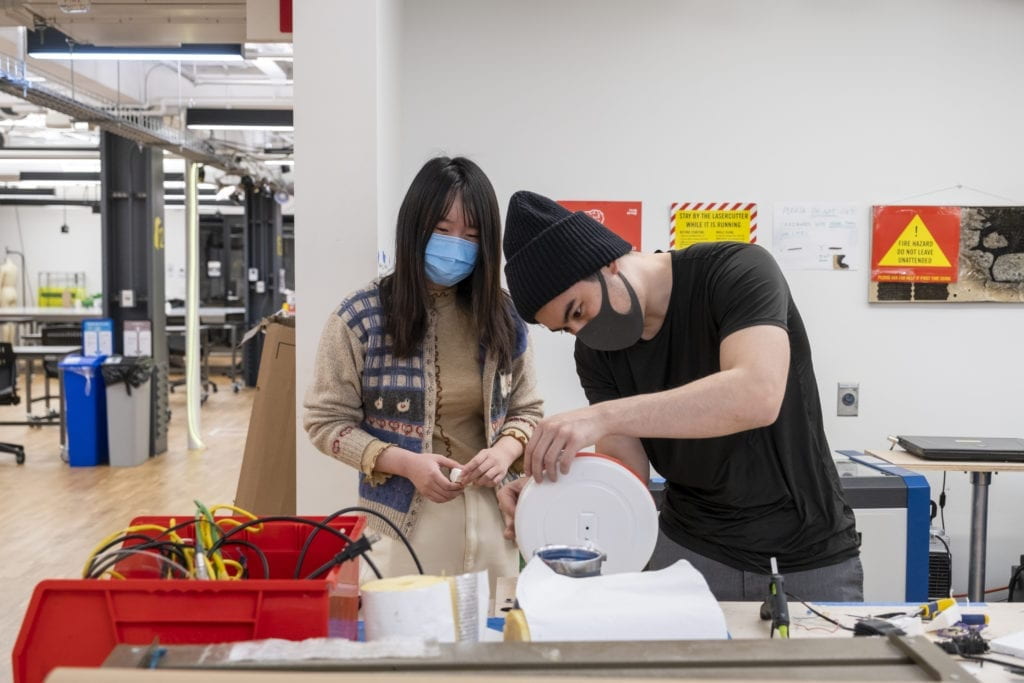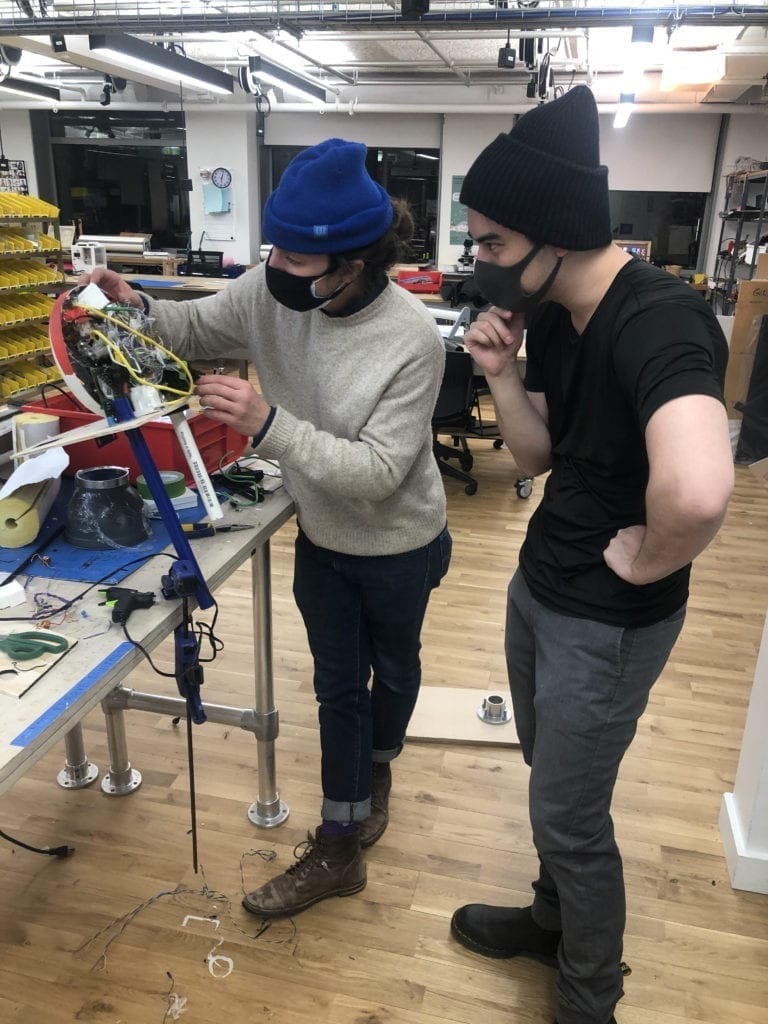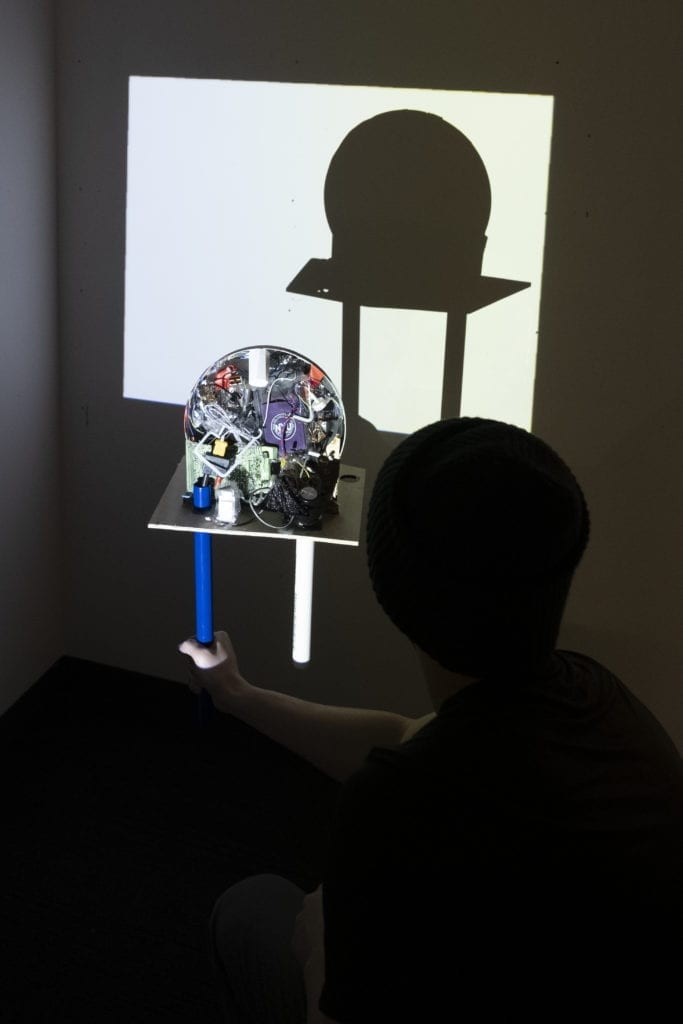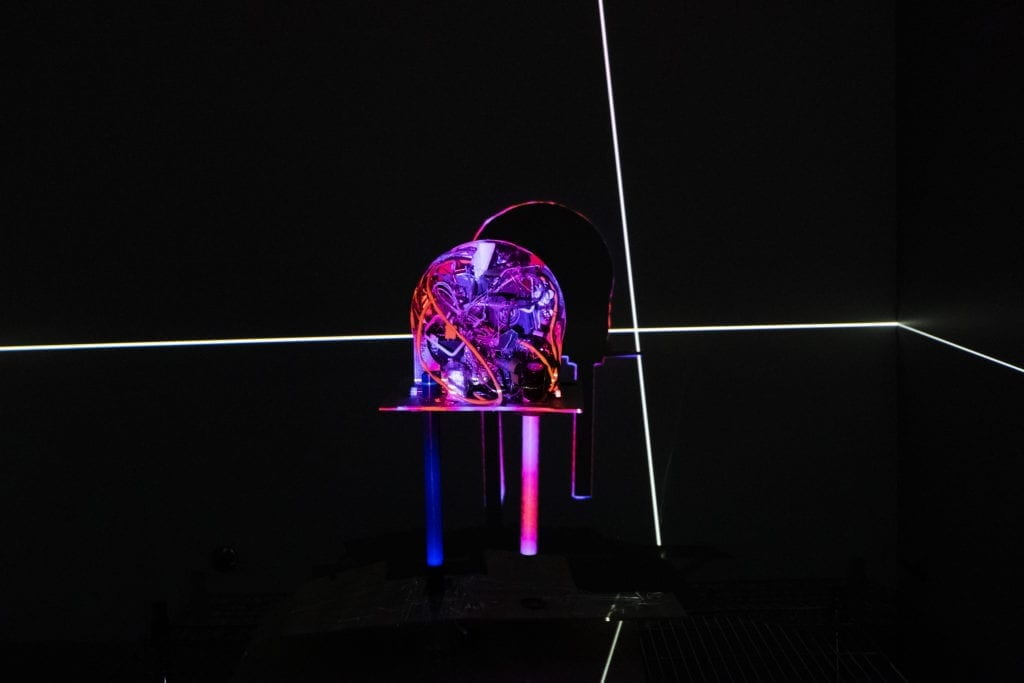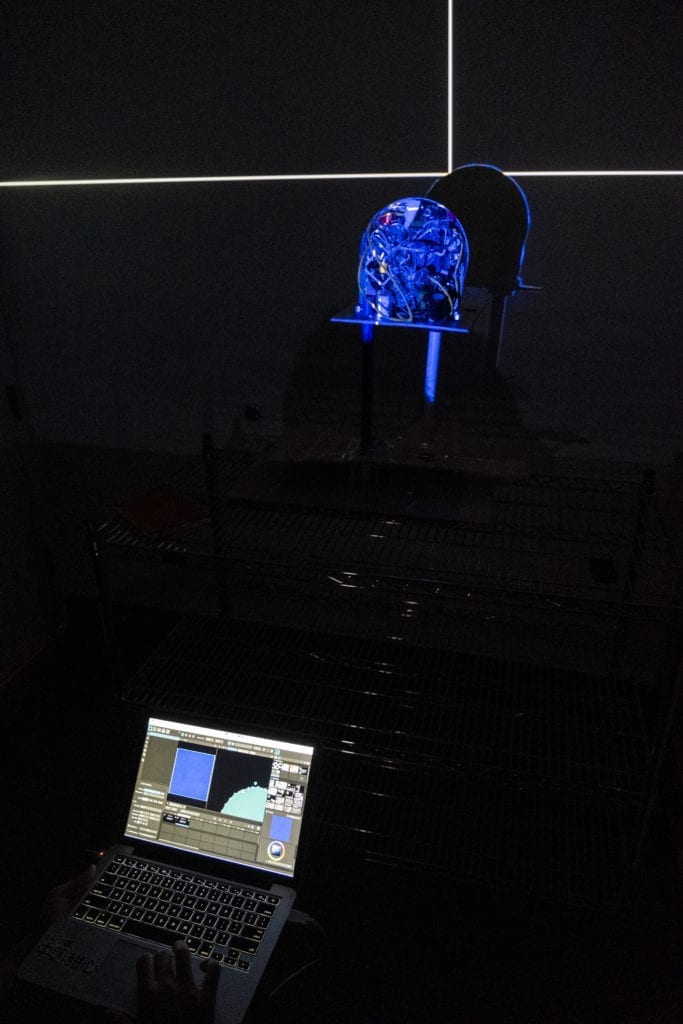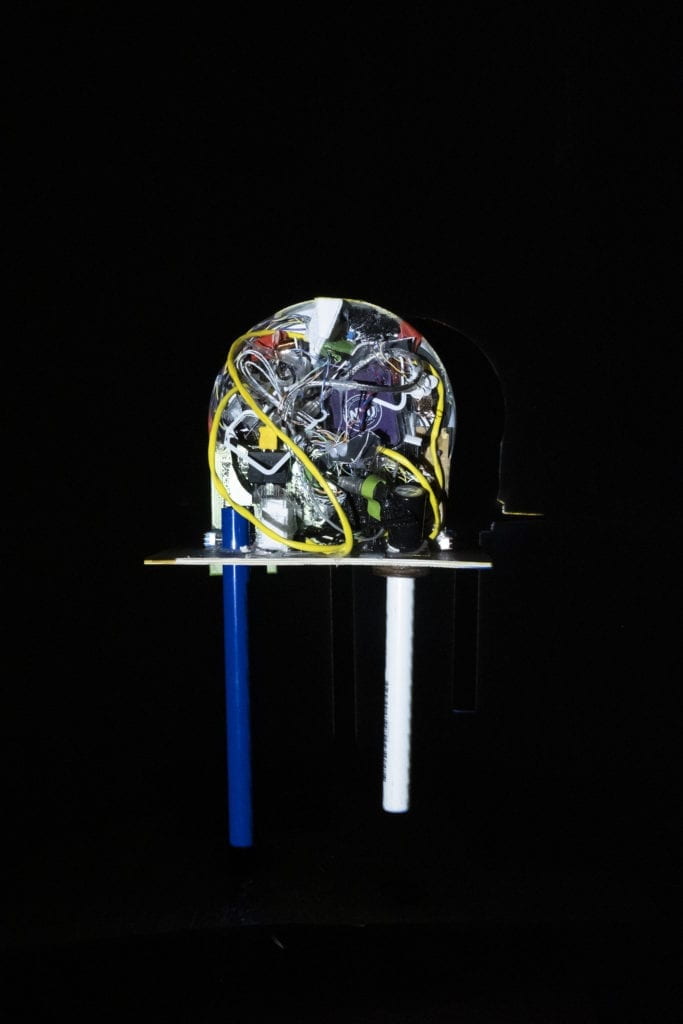For our Video Sculpture final, Noah and I decided to re-work our 2nd project Fitting In.
Description:
Using the 1960’s artists collective, the Chicago Imagists, as a reference Fitting In explores the notion of accumulating to our surroundings. The viewer distorts their own body to fit within the exaggerated silhouettes. After performing for the frame, the viewer is then presented a six-second video clip of their actions.
Fitting In allows the viewer to confront their own experience of fitting into societal “traditions,” “practices,” and “norms.” The silhouettes are intentionally floating, distorted, or exaggerated, making them impossible to replicate, further emphasizing the endless struggle to keep up that many face. We believe that the impact of seeing one’s self will be more significant than presenting abstracted characters.
Inspiration:
Harry Who – Six Chicago-based artists from the School of the Art Institute – Jim Falconer, Art Green, Gladys Nilsson, Jim Nutt, Karl Wirsum, and Suellen Rocca.
Production:
For this version, we decided to scale the entire project up, and instead of using a projector, we opted to build the entire piece around a 48-inch monitor.
Harry Who often used alternative framing for their pieces. We decided to build our frame out of foam core and wrap it in fake wood paneling to stick with that style.
After completing the frame production, our Isadora sketch was re-worked to fit the new aspect ratios of the monitor.
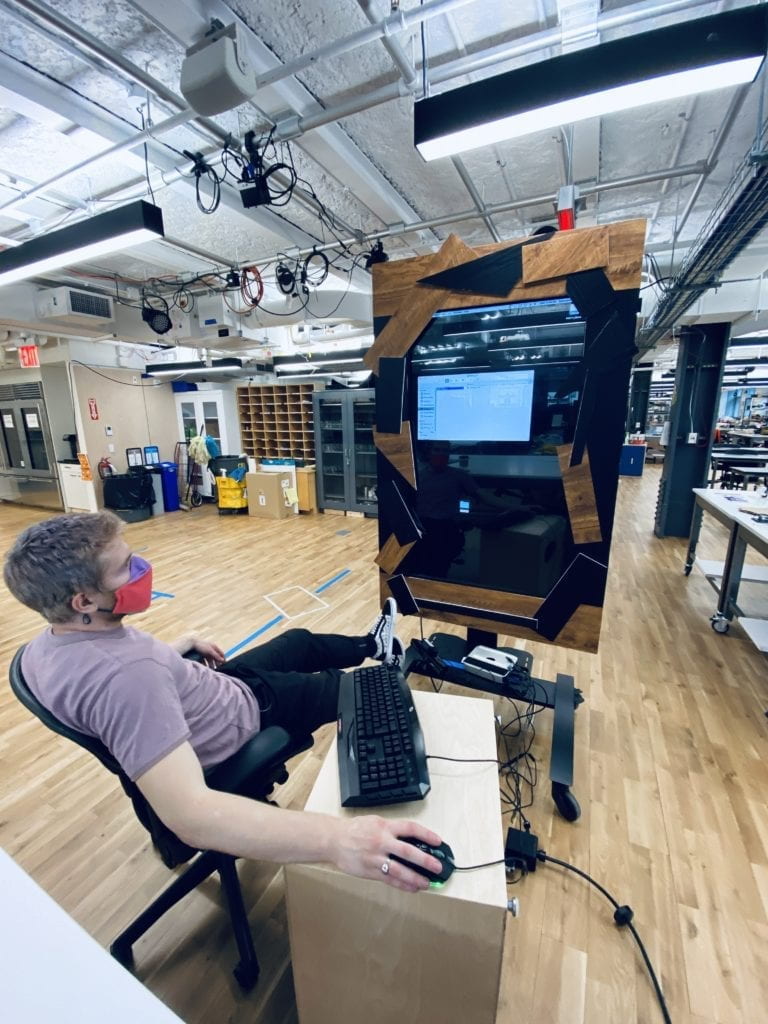
Final Piece:
In our original piece, we projected on hand-painted acrylic sheets. To keep that aesthetic, we made painted layers in photoshop to layer over the video feeds. This broke up the glare and rich color of the monitor.
Interaction:
Output:
Going Forward:
Both Noah and I want to push this piece further and bring the interaction into Unity. We believe that the user triggers and mapping will be much cleaner and the overall software will be much more stable.

